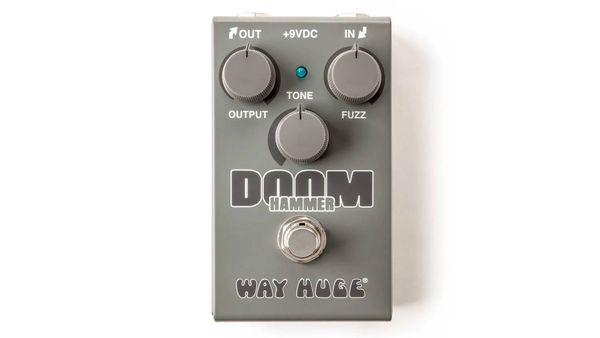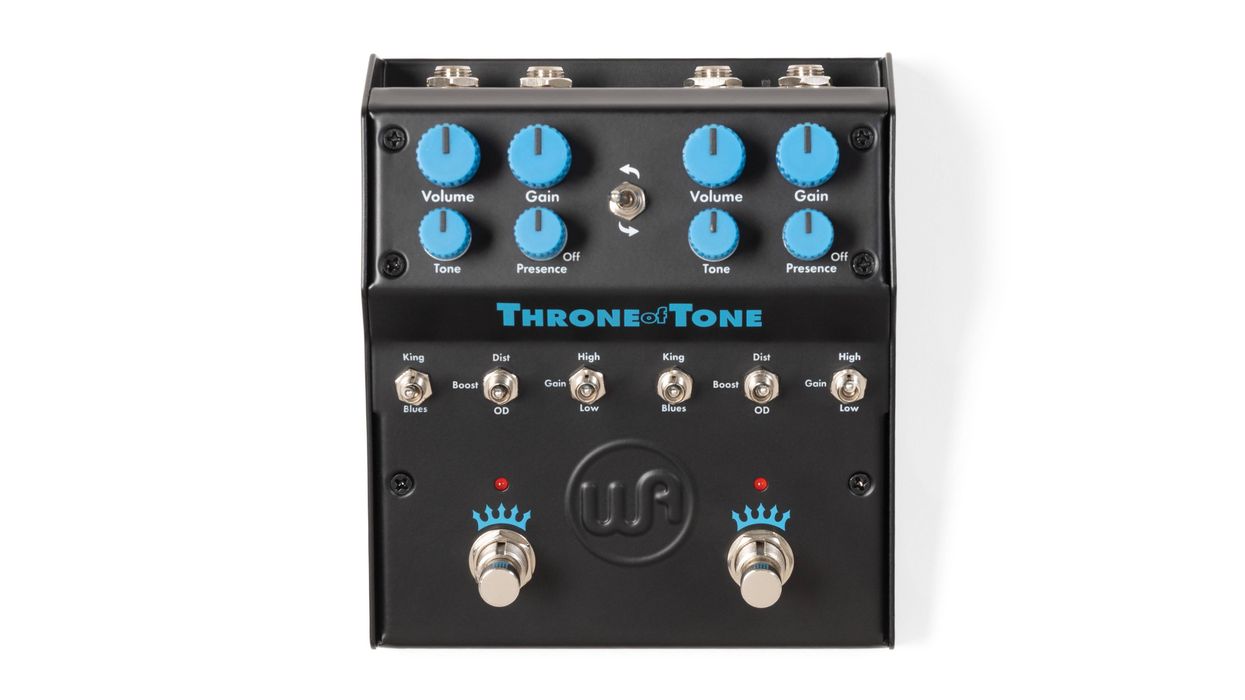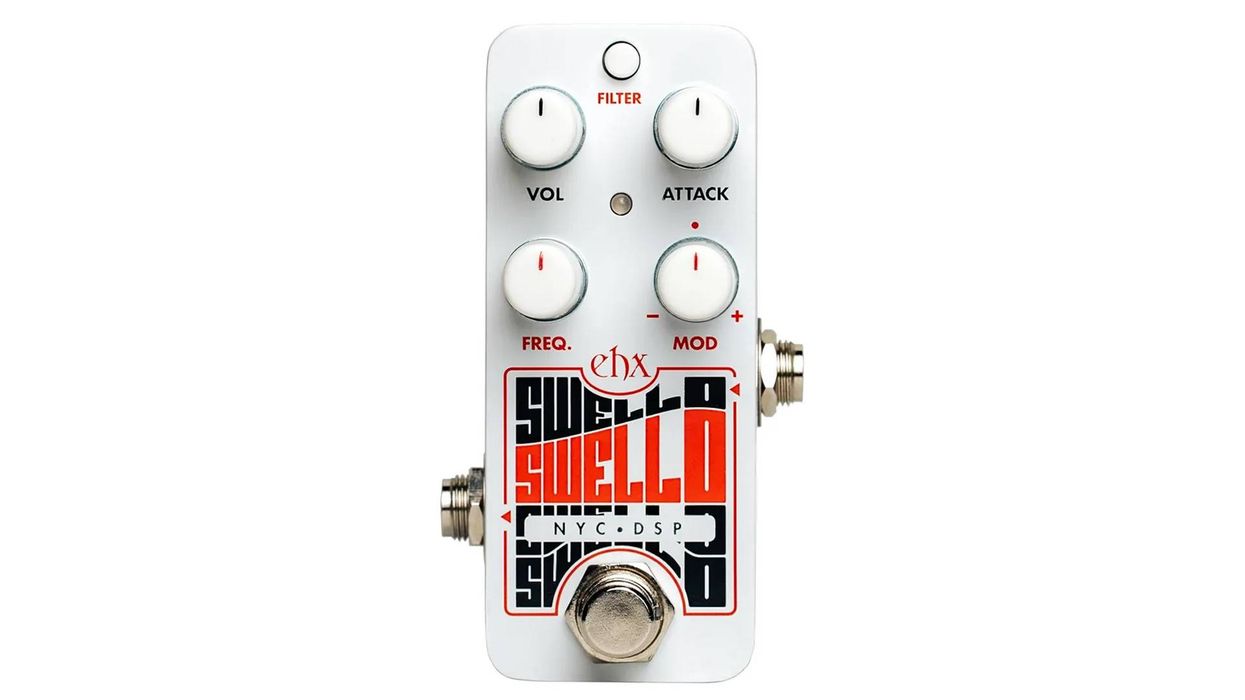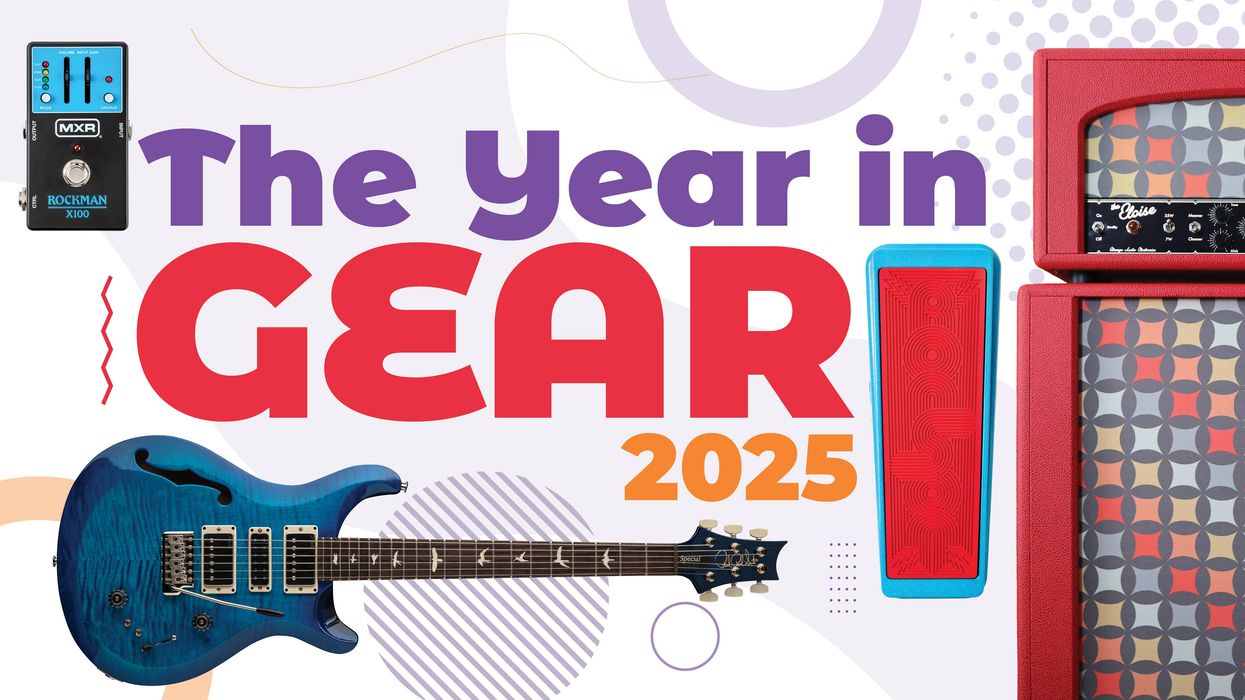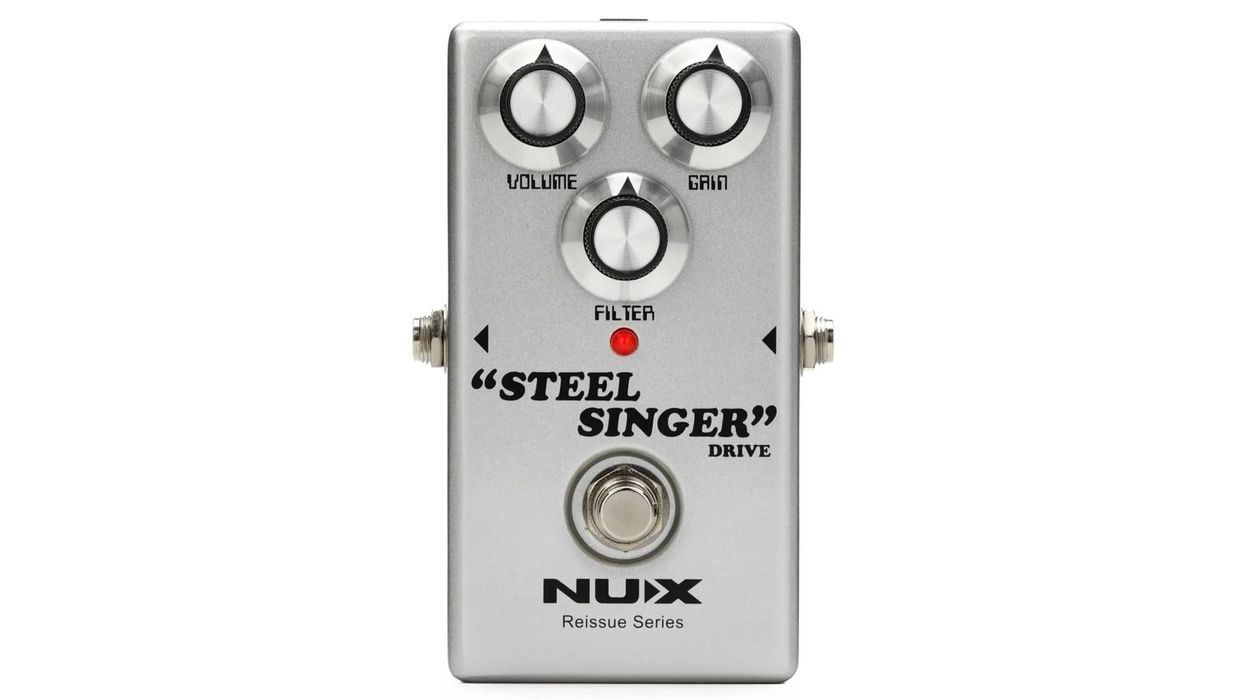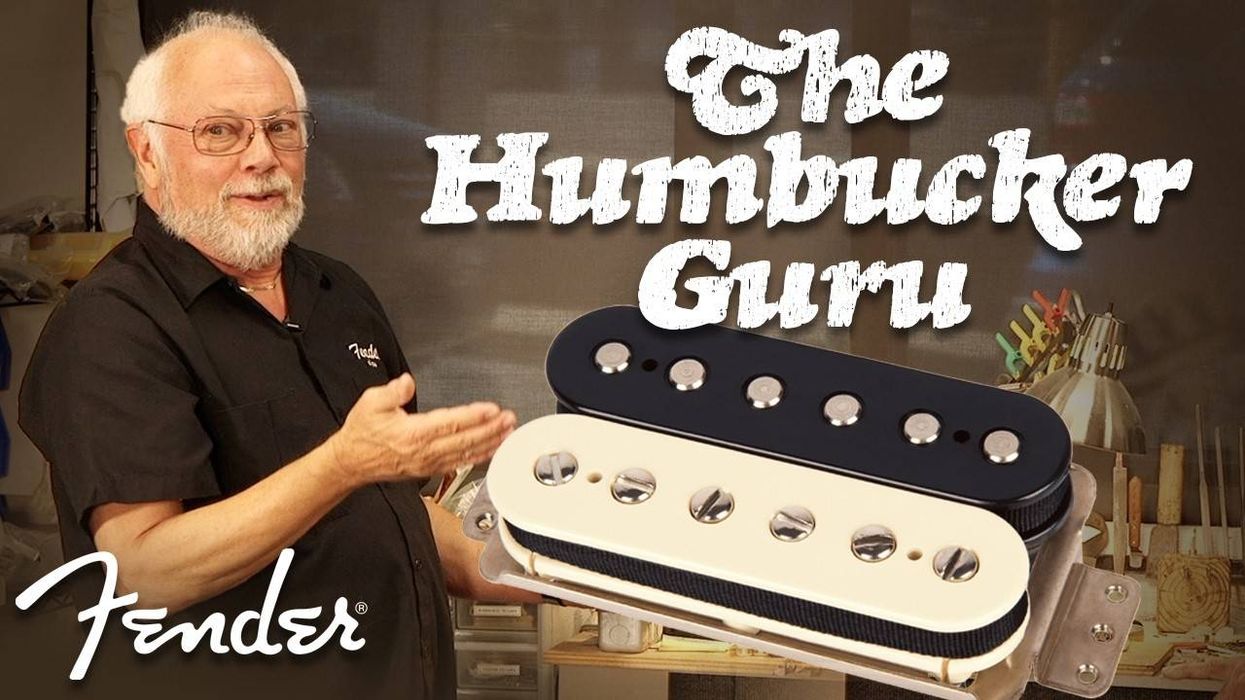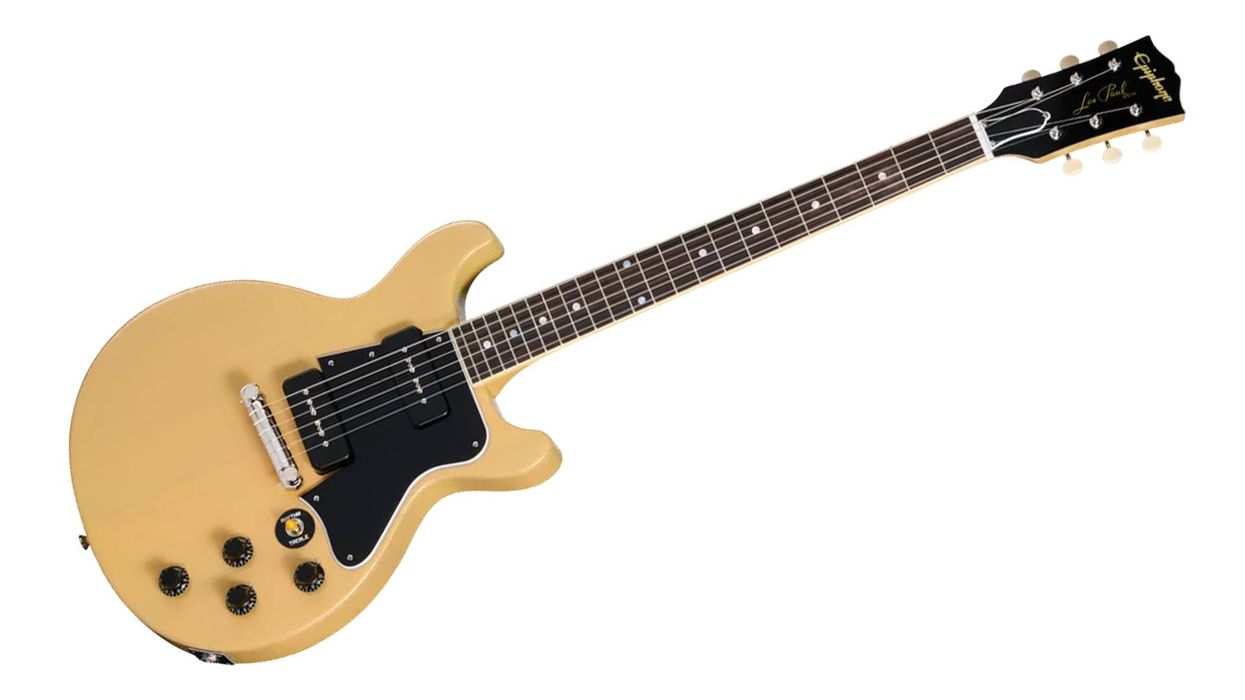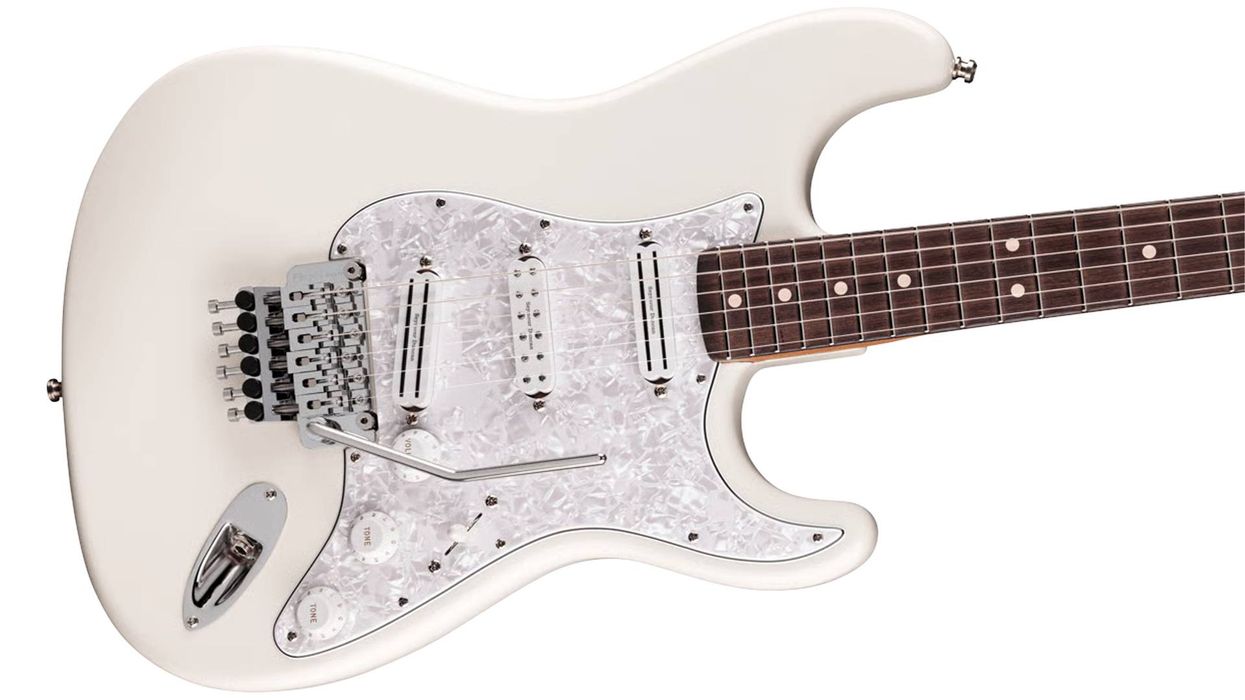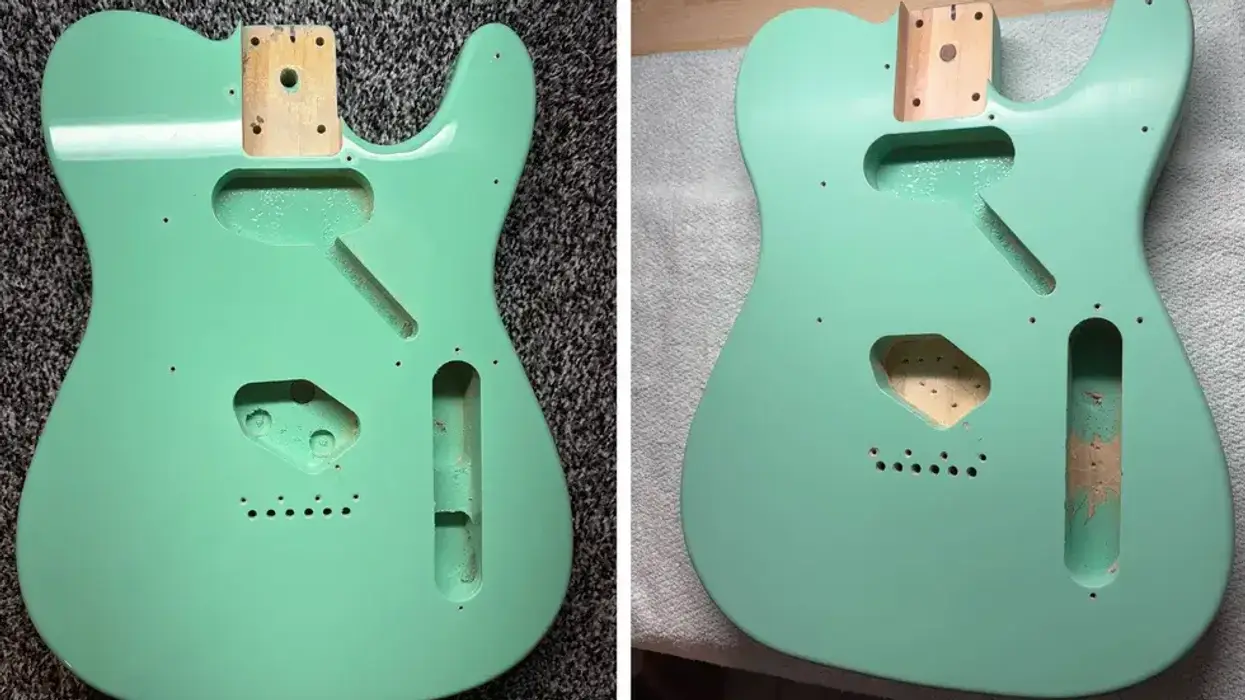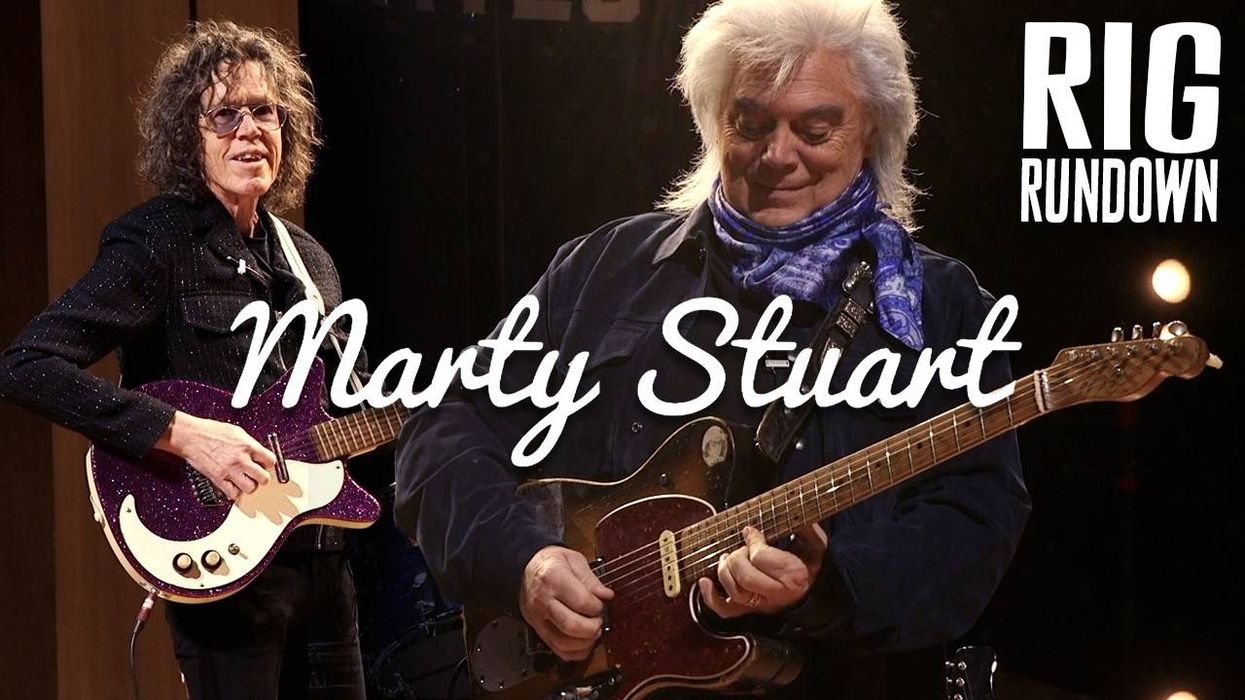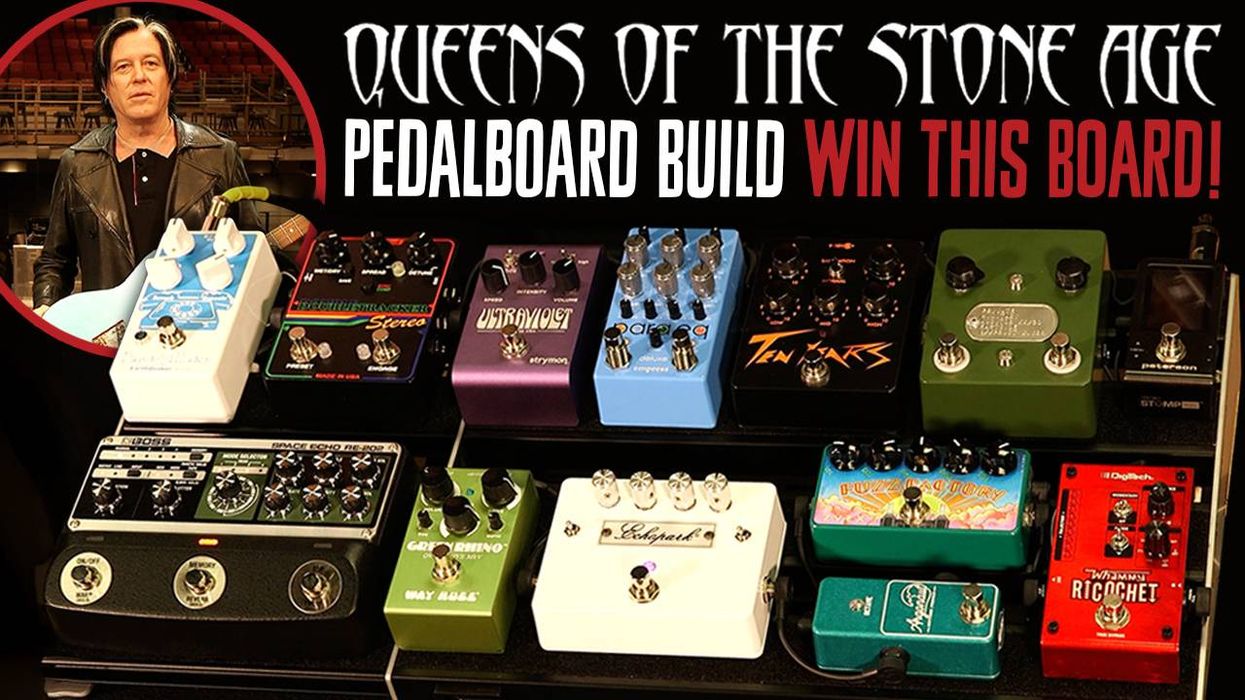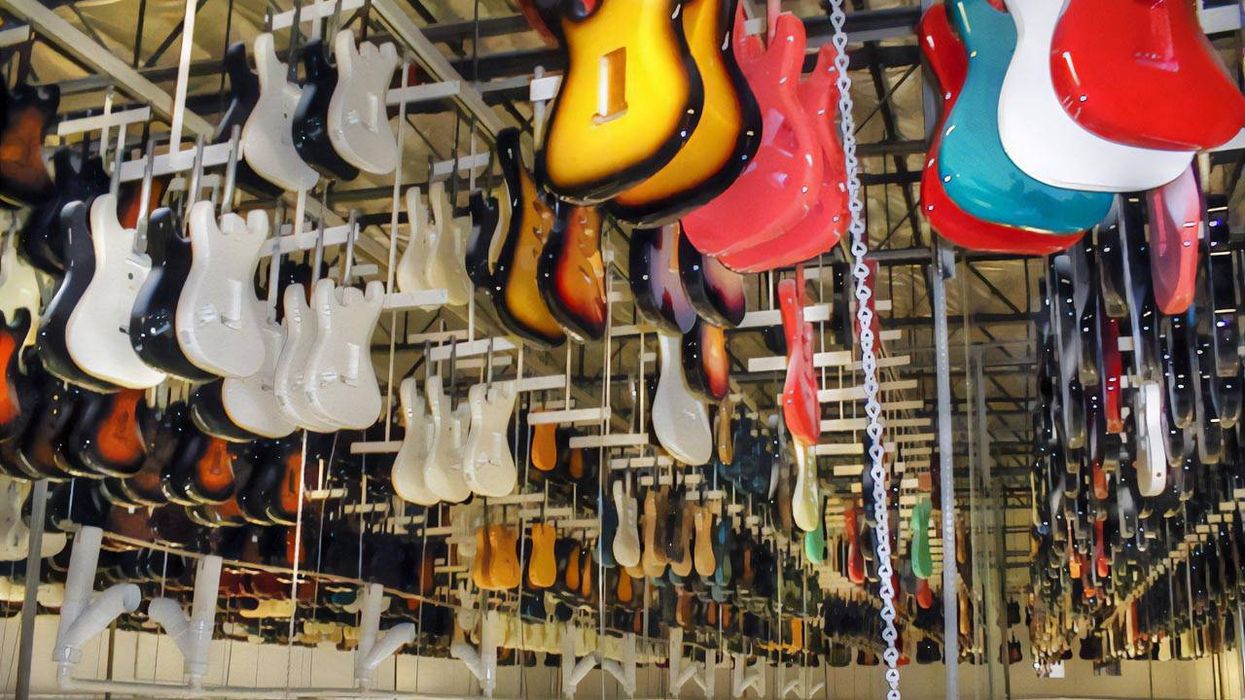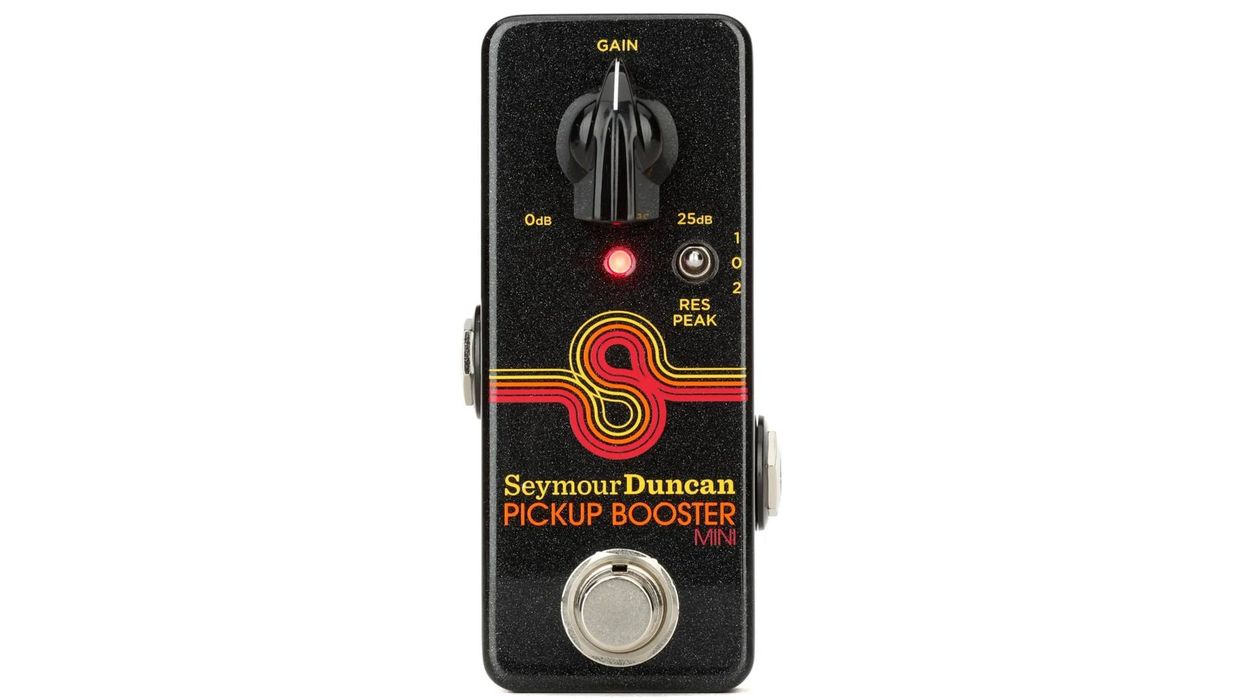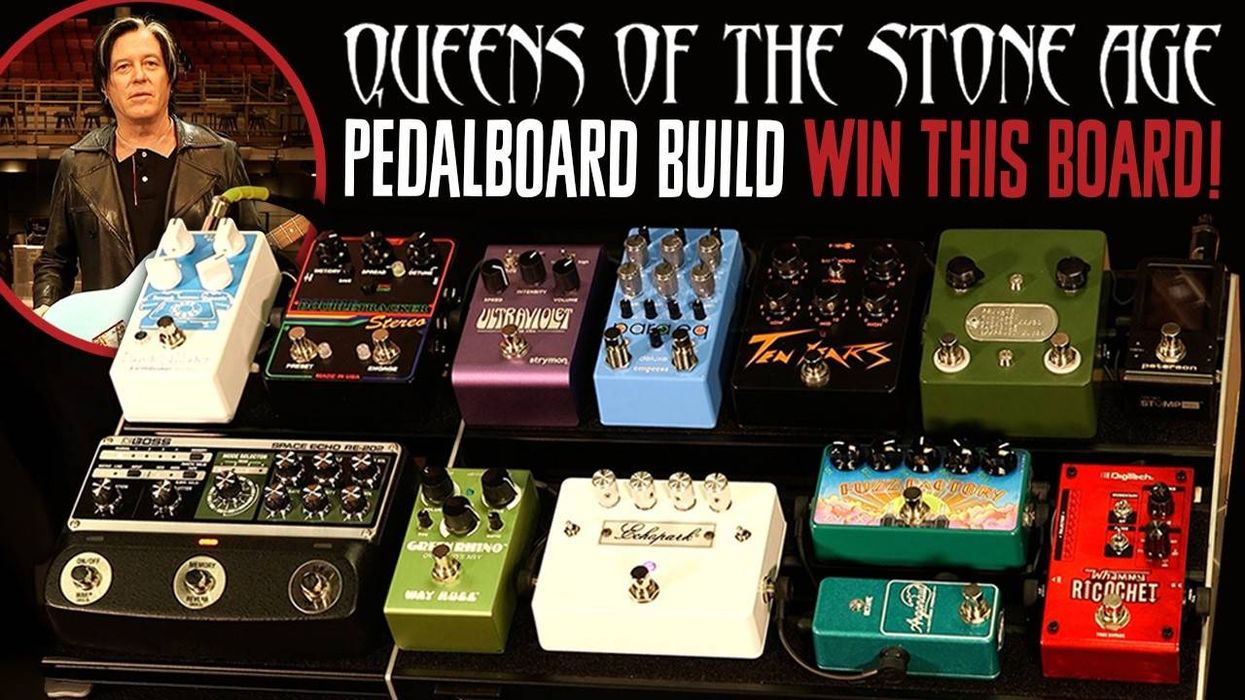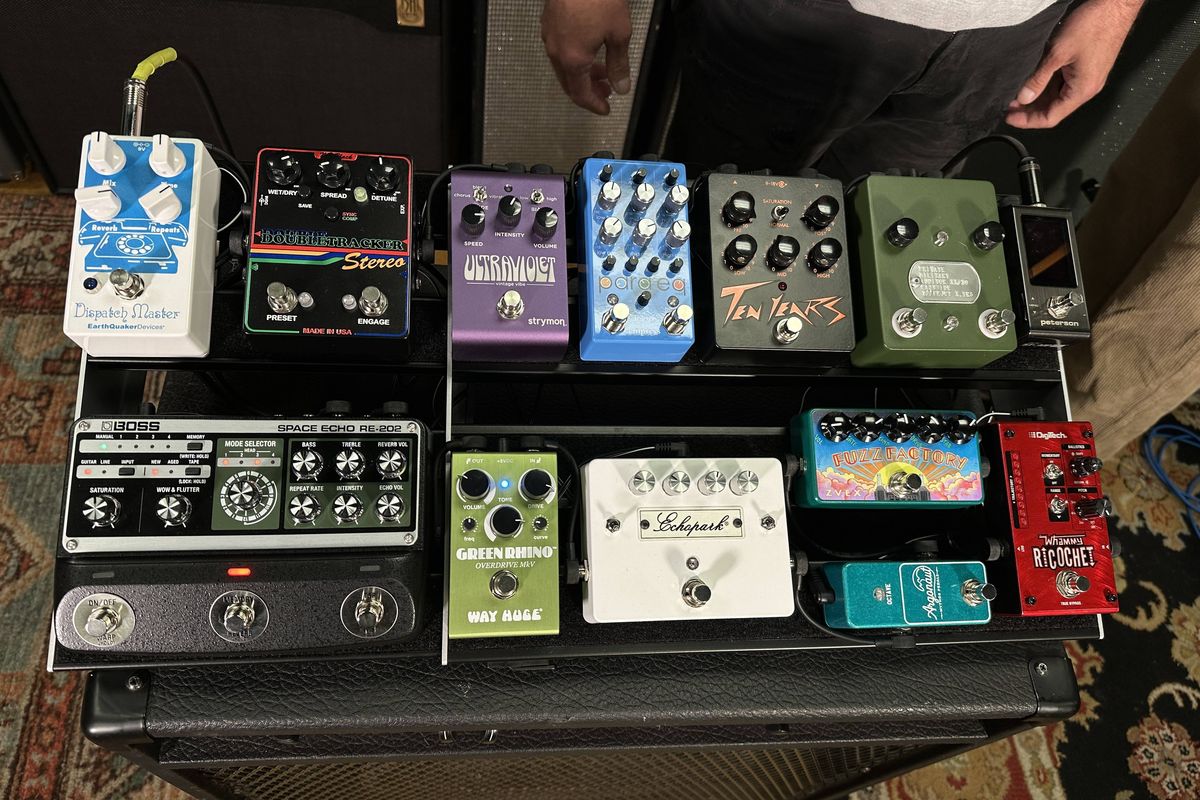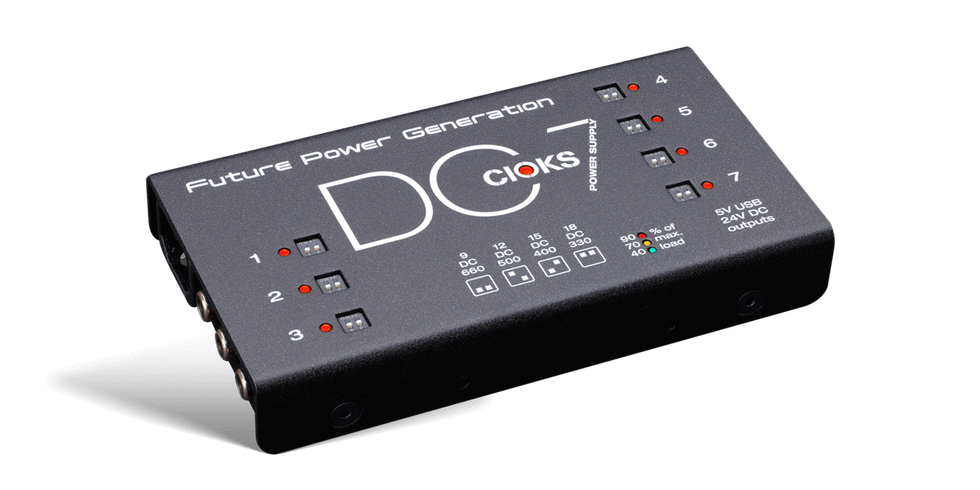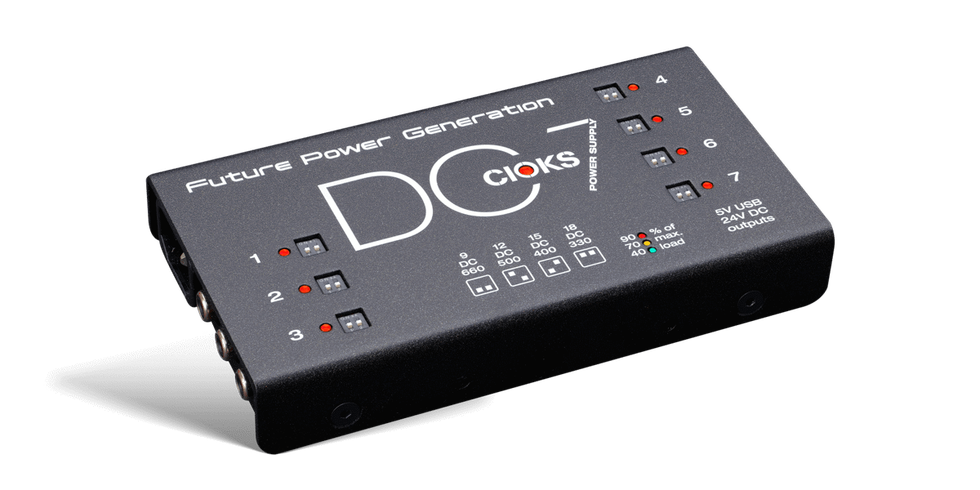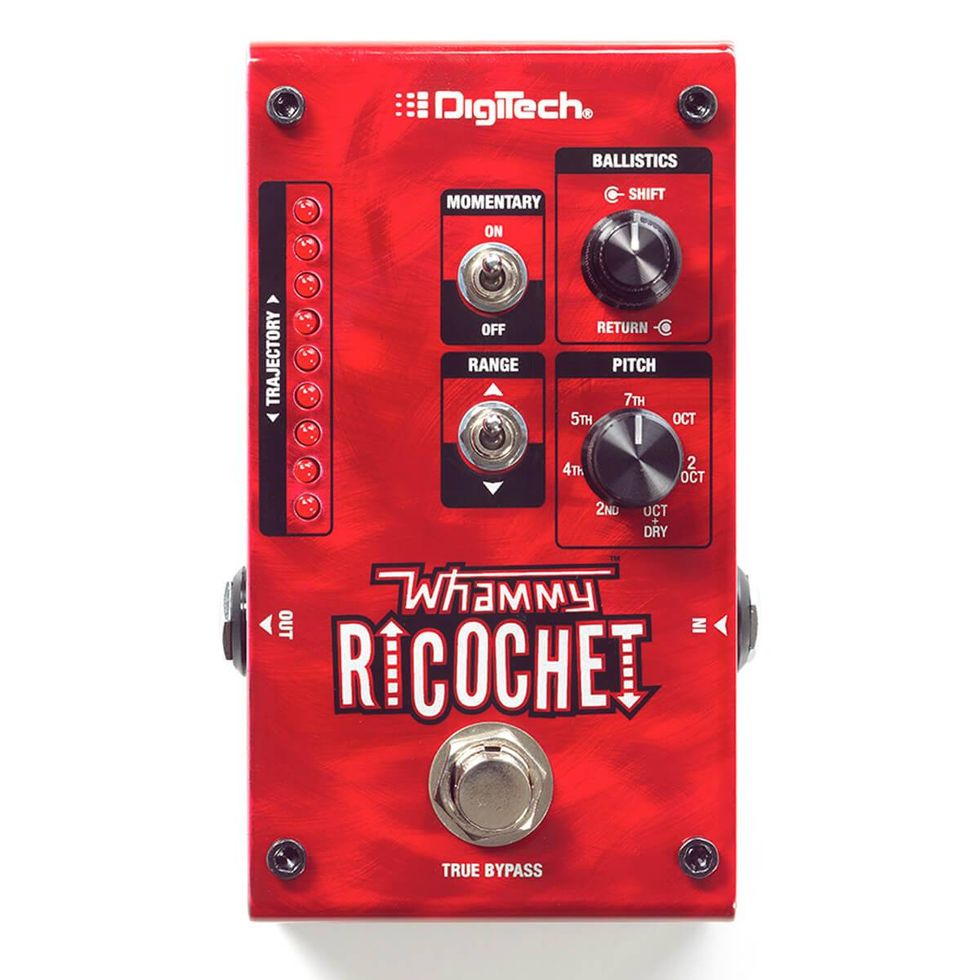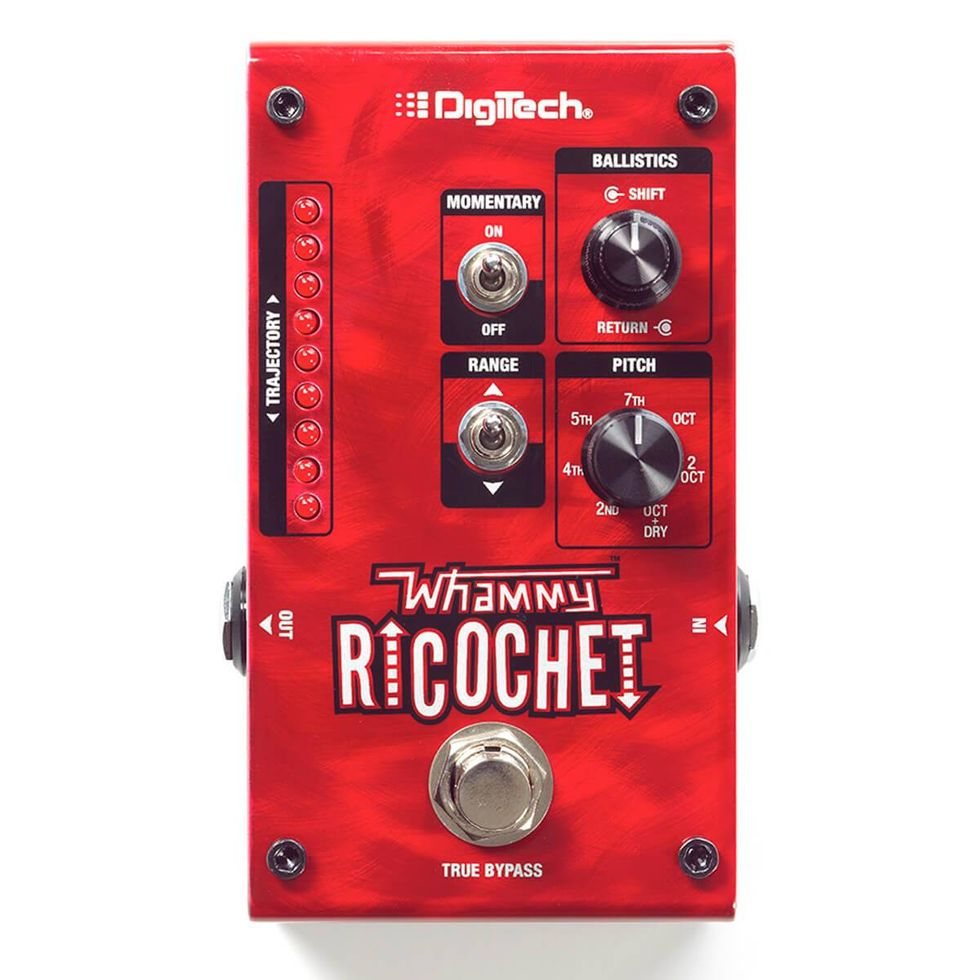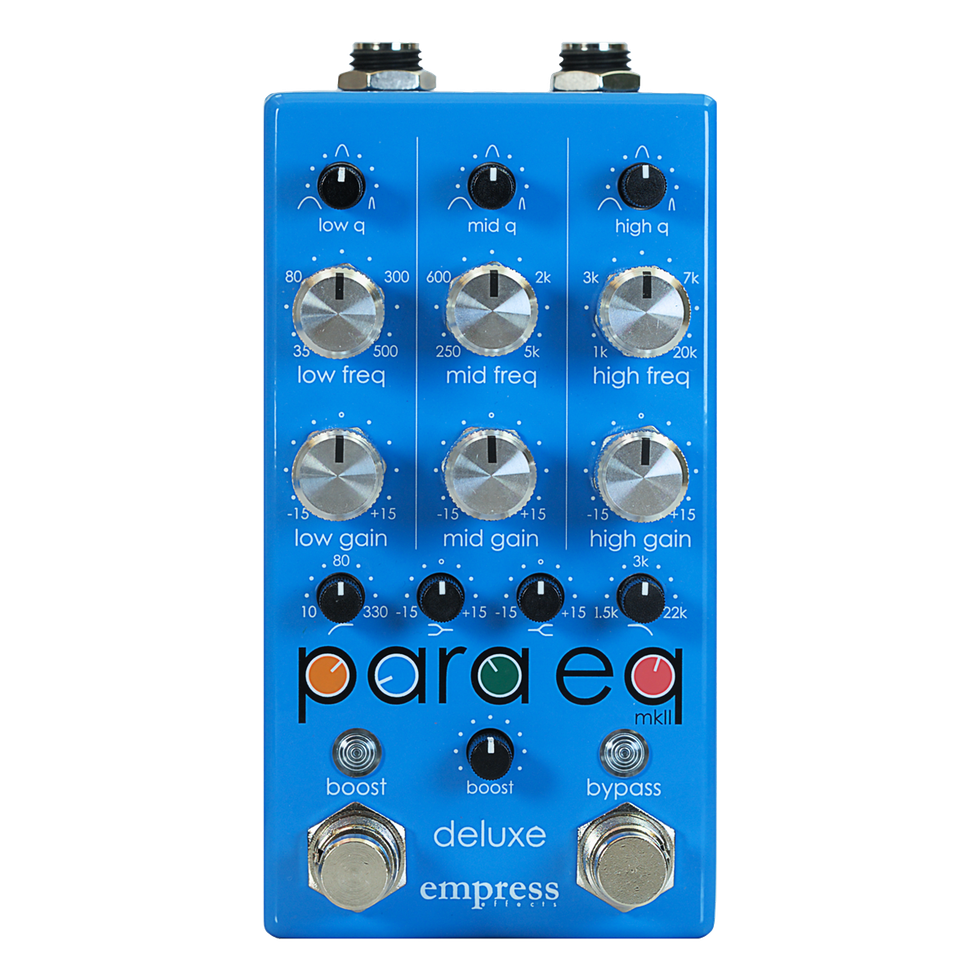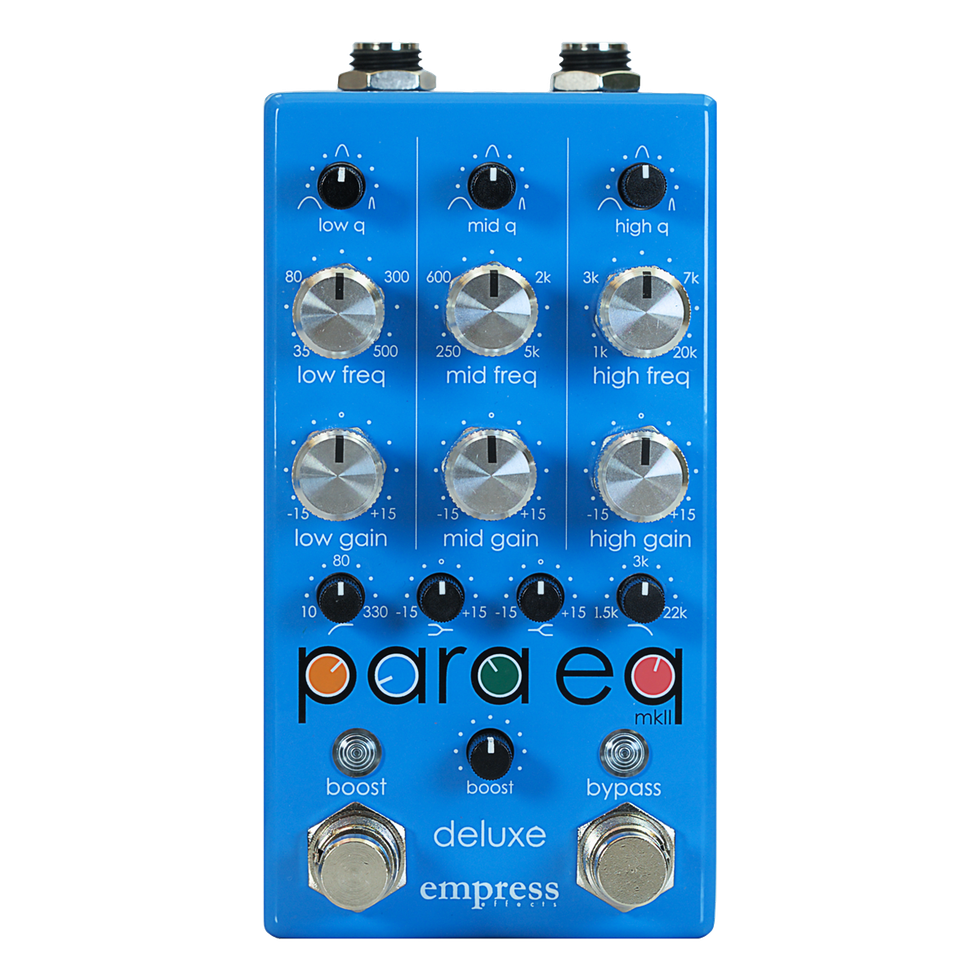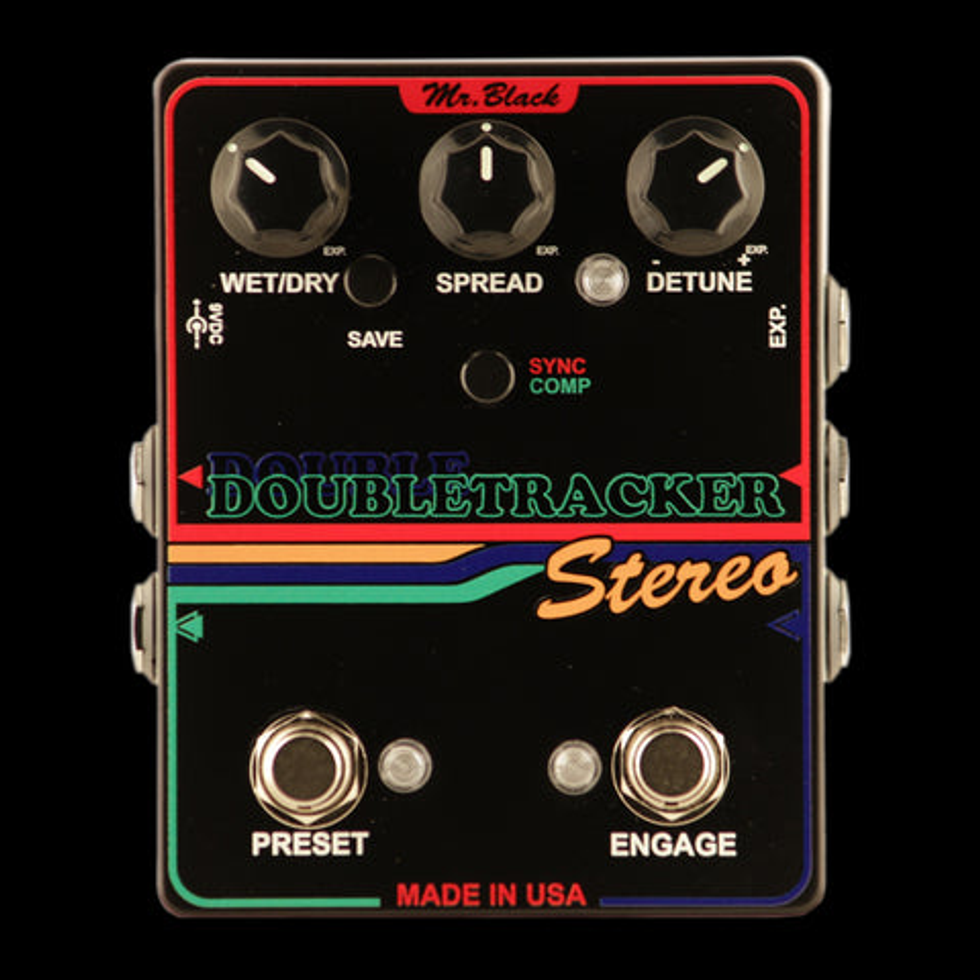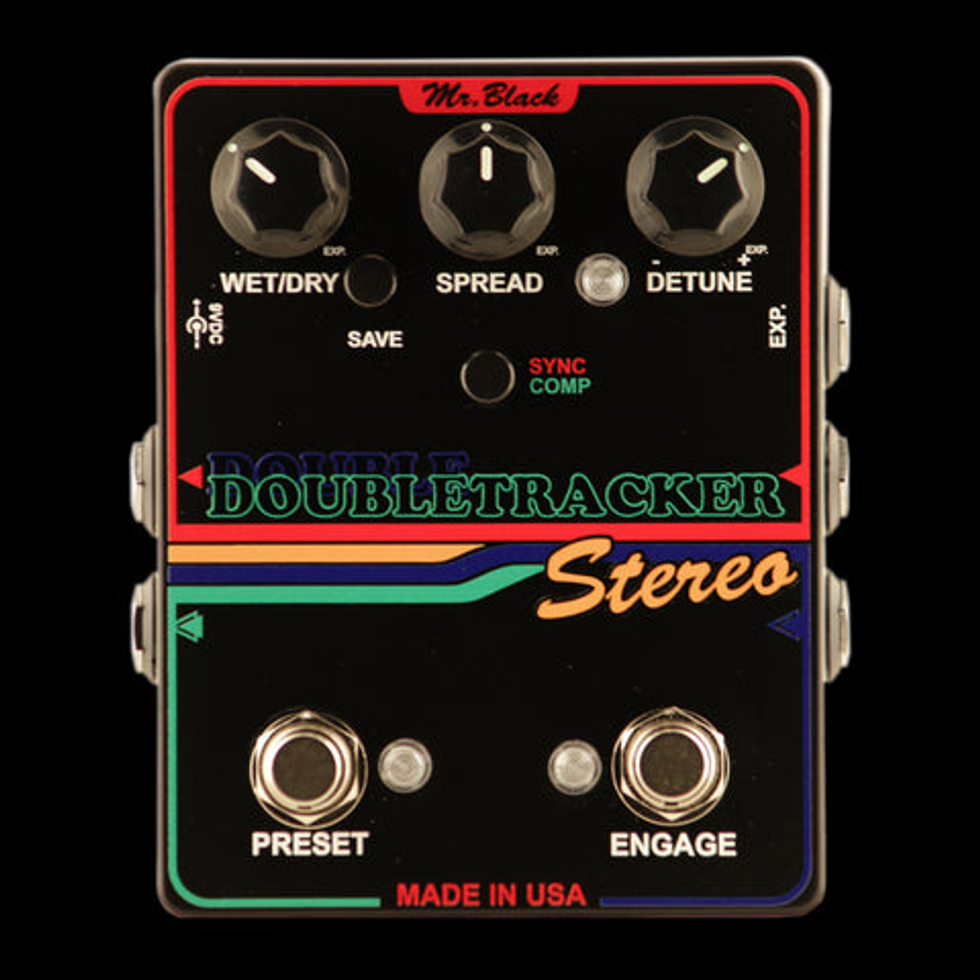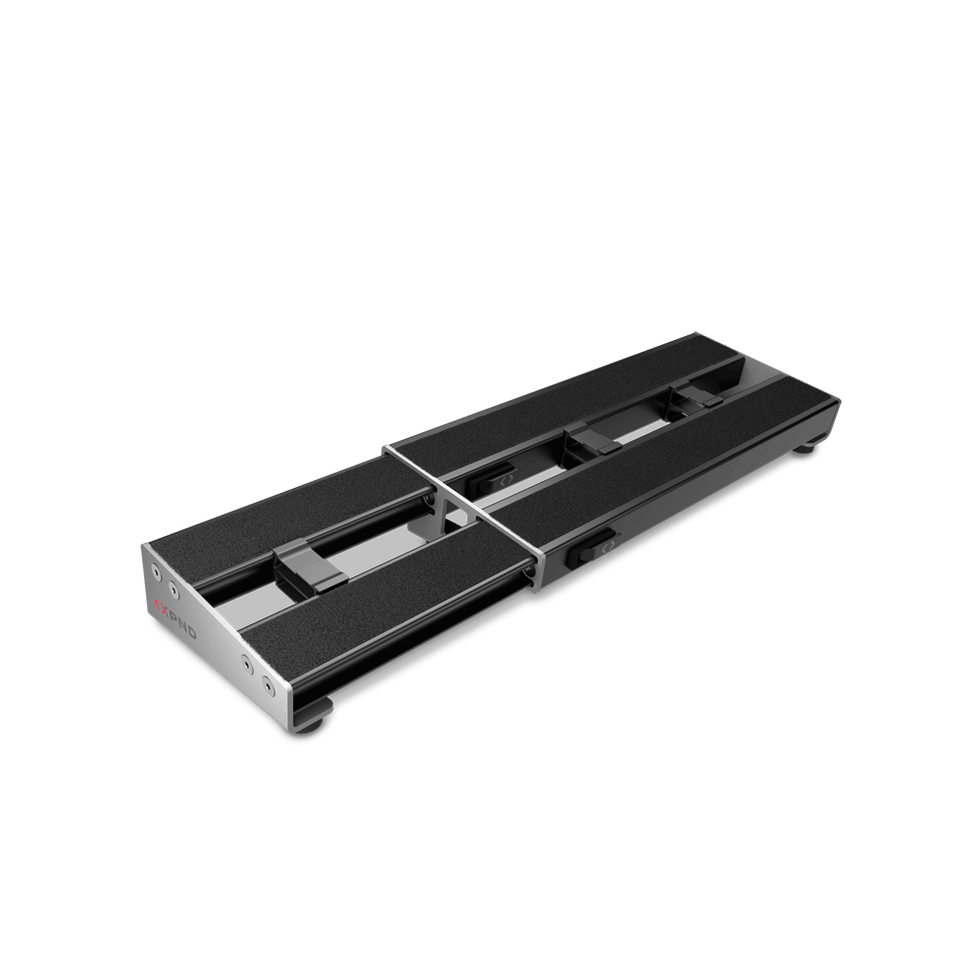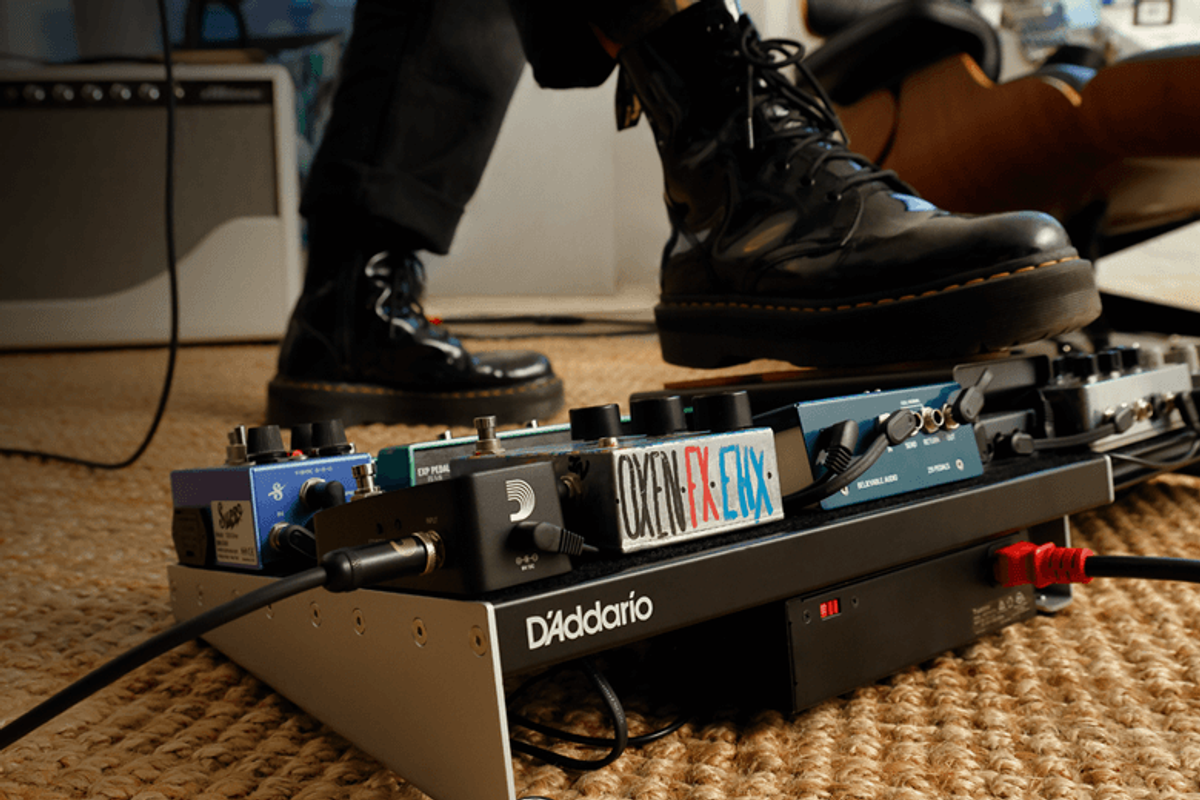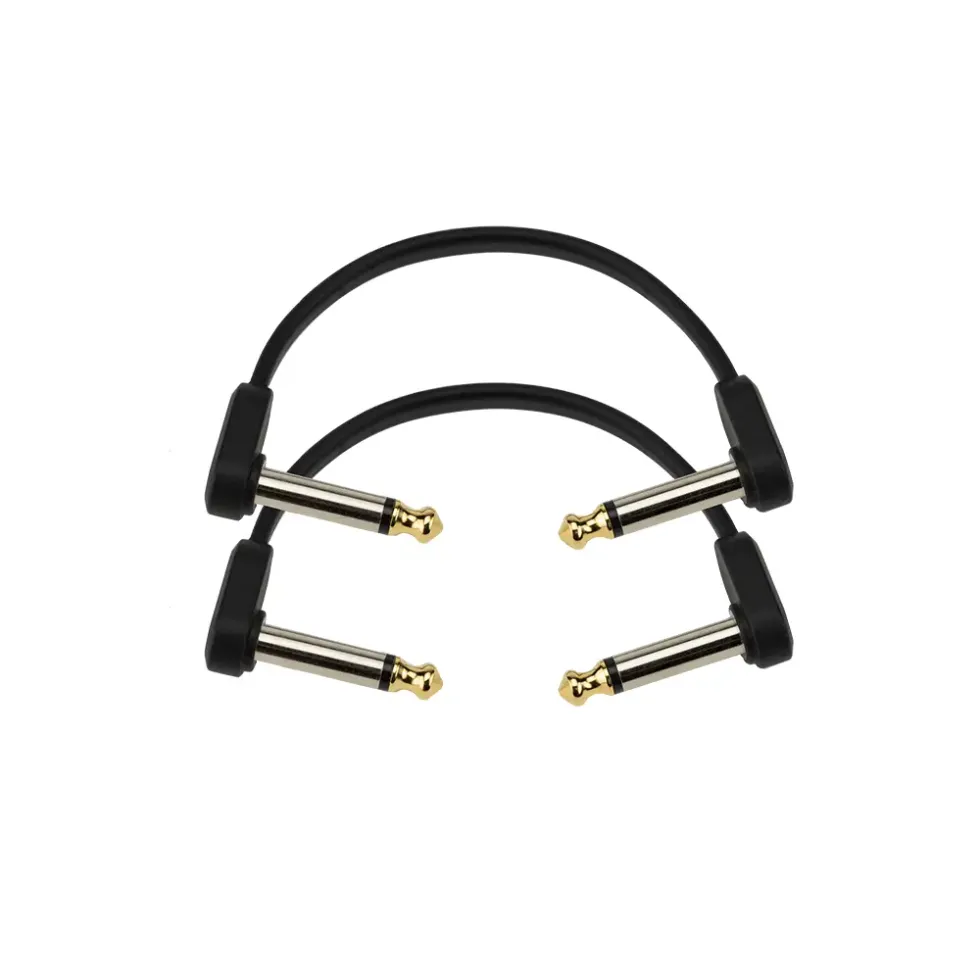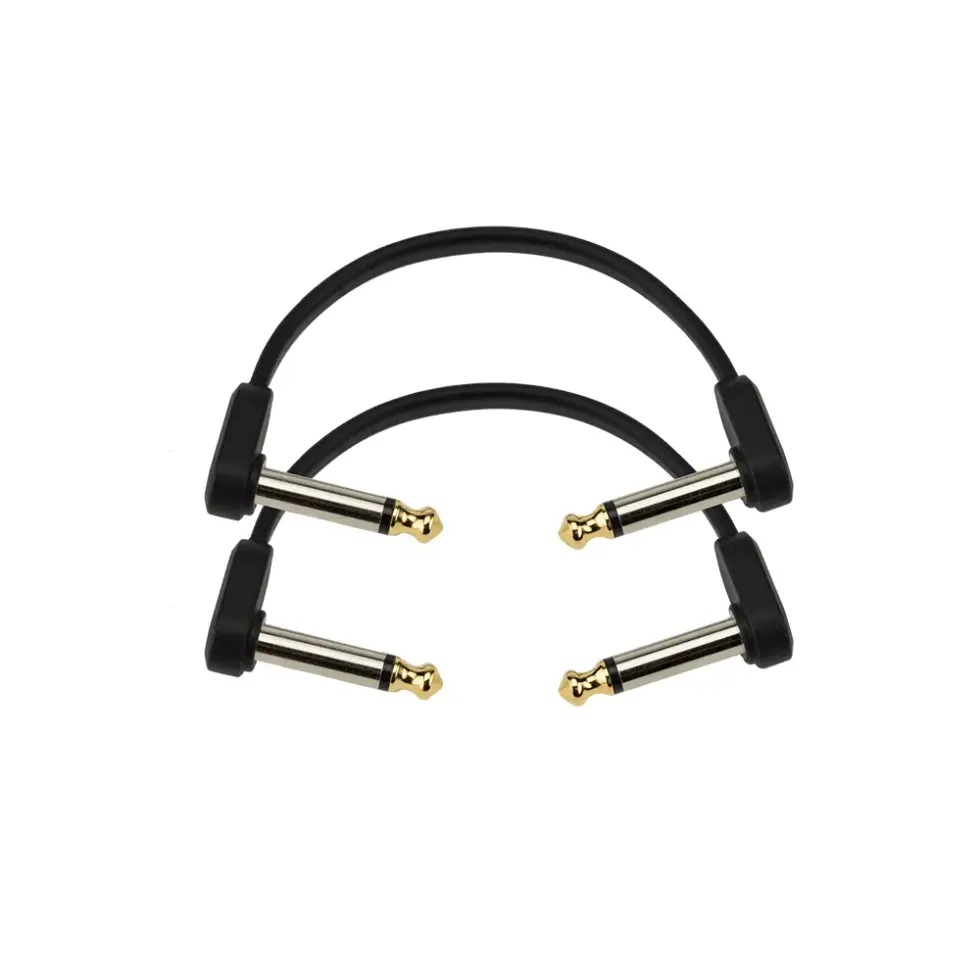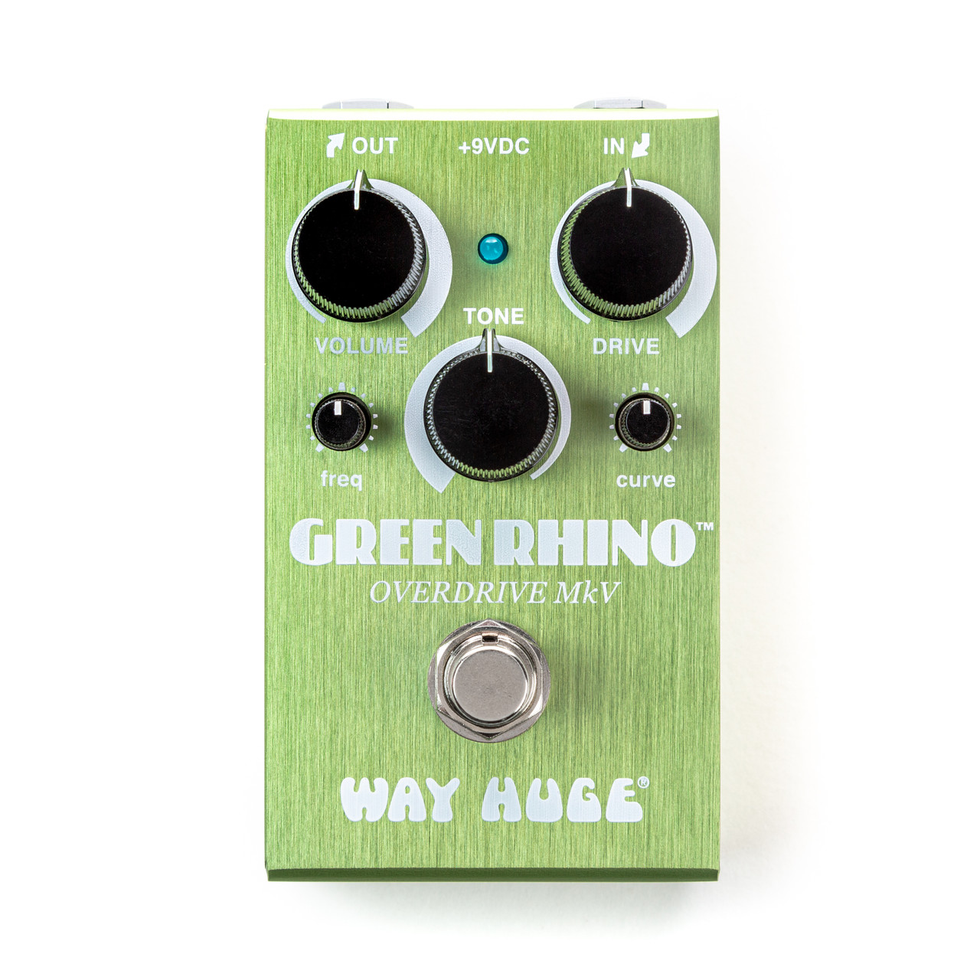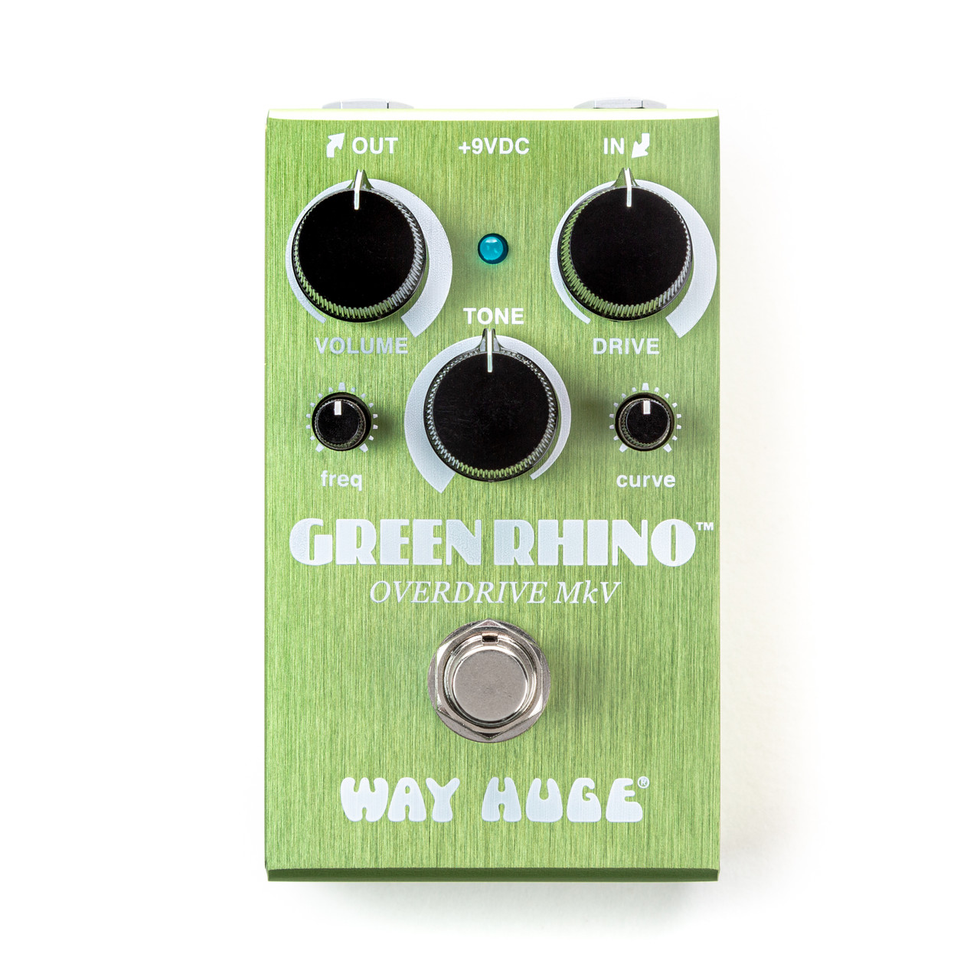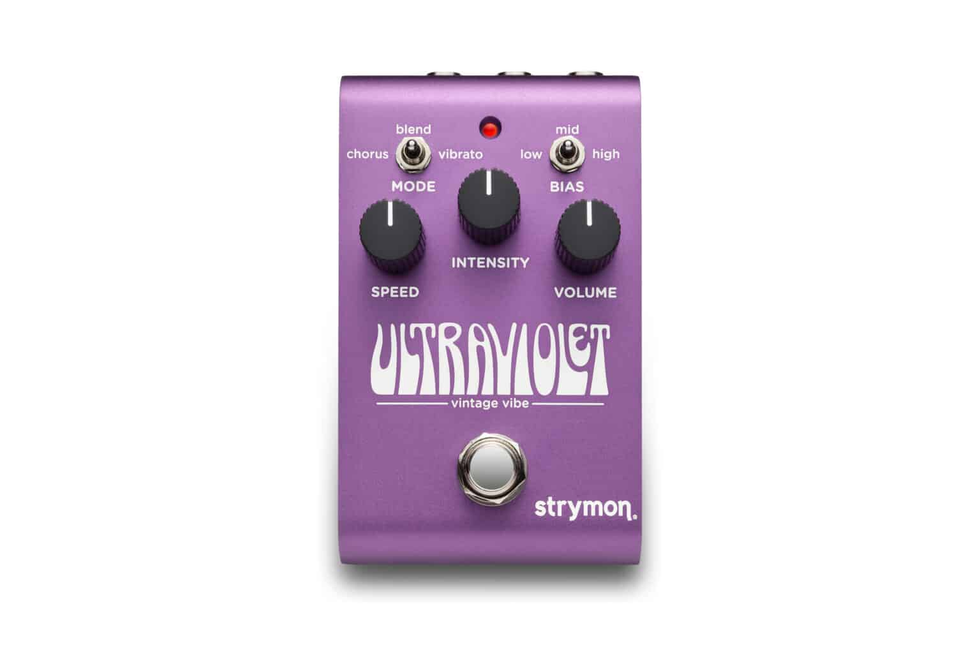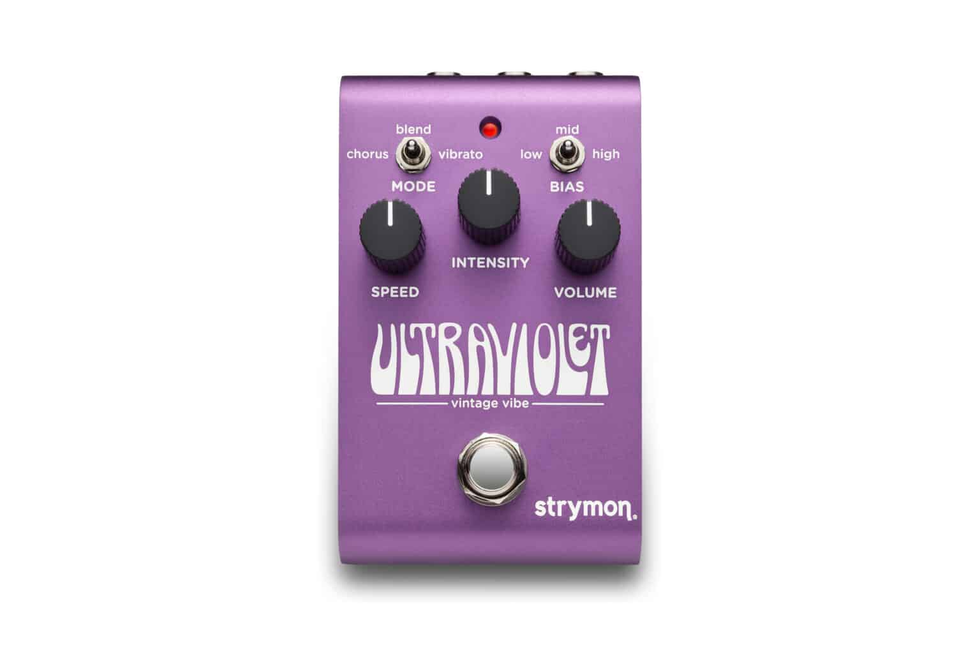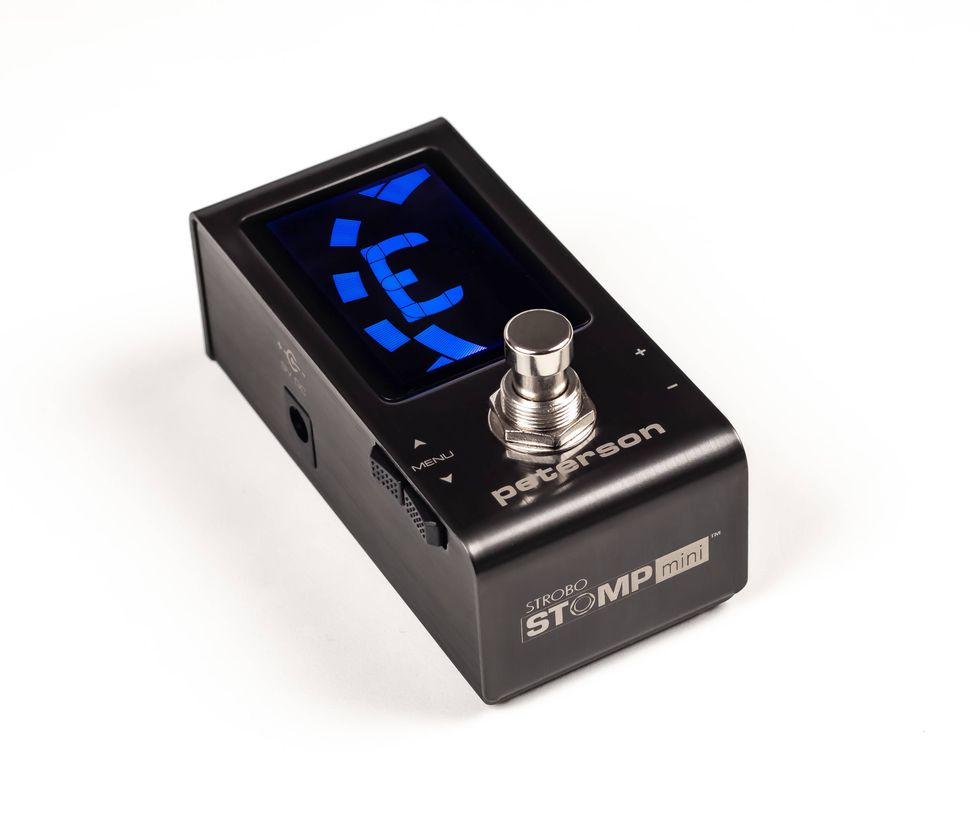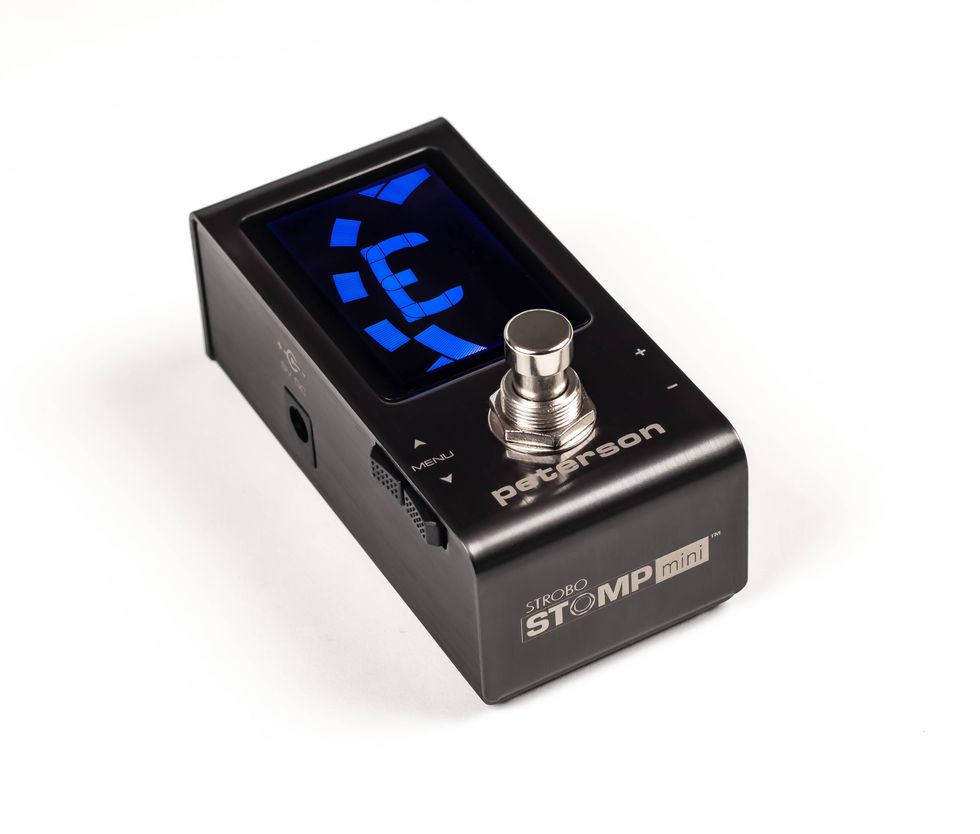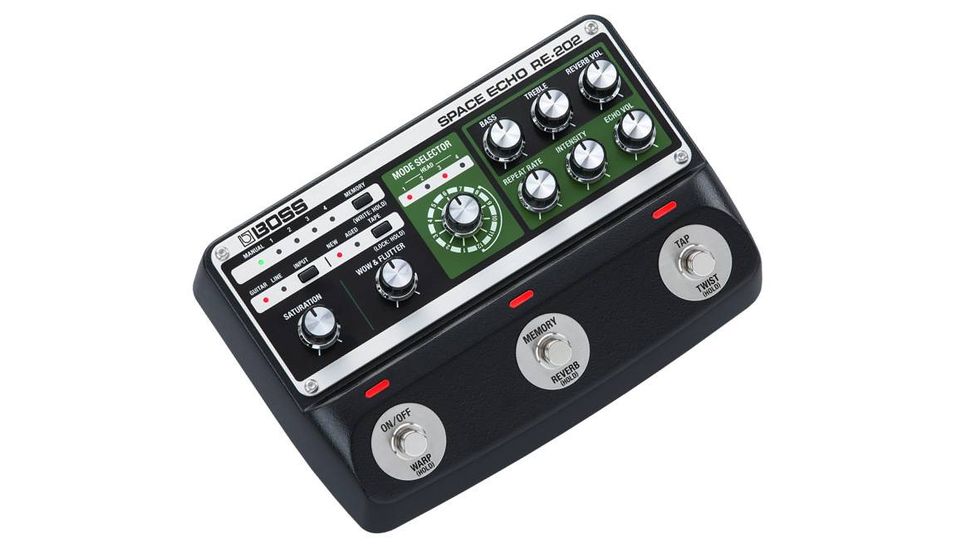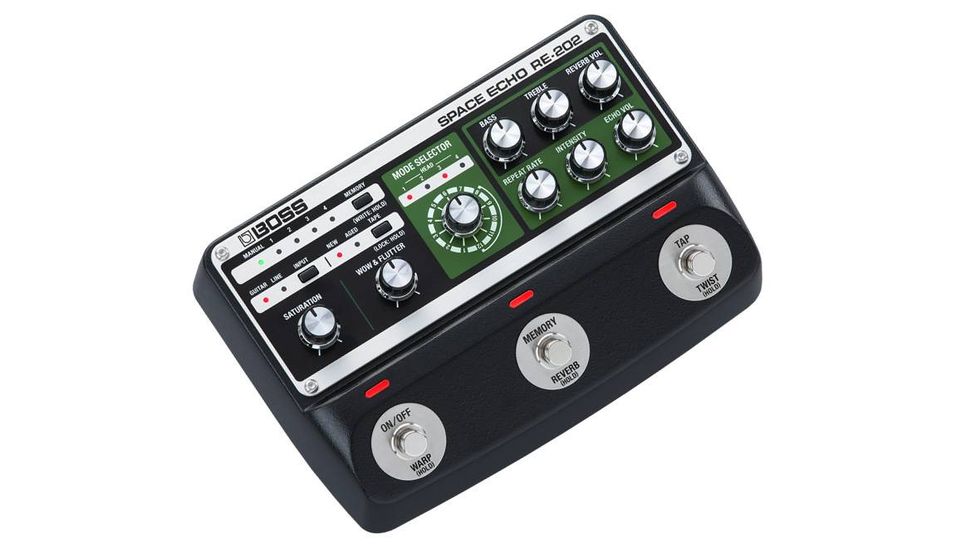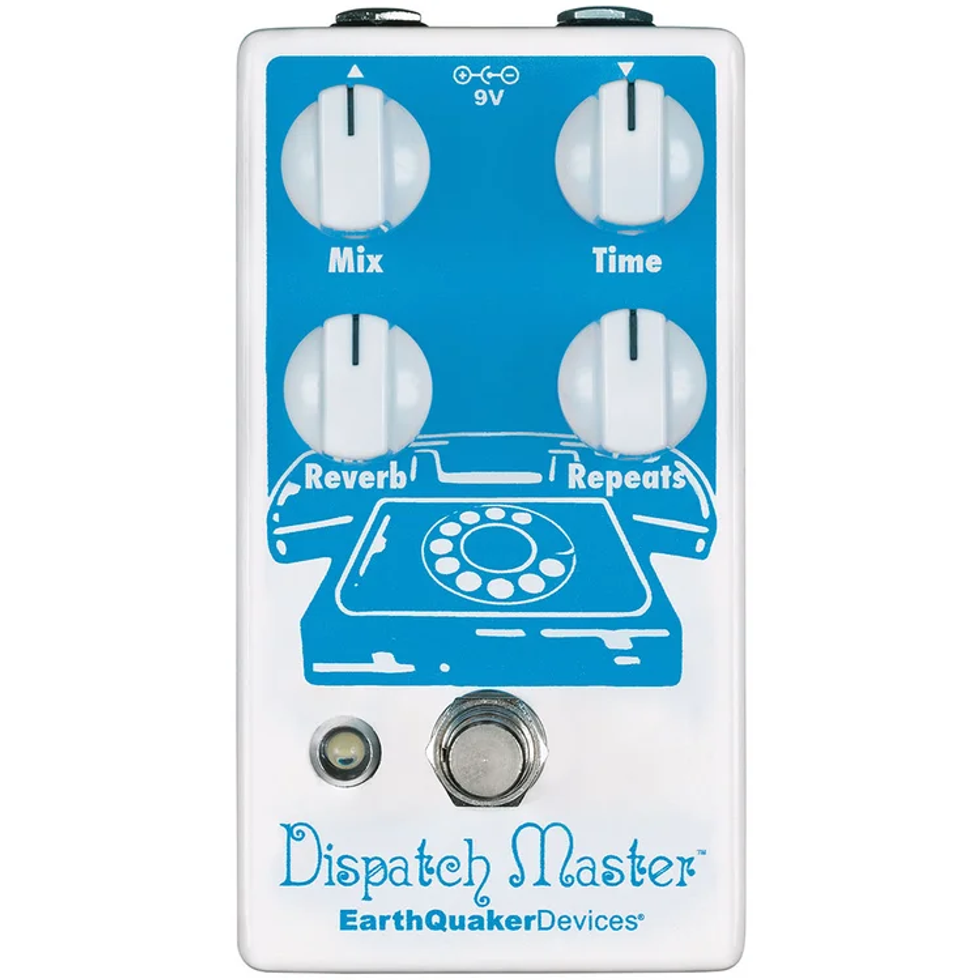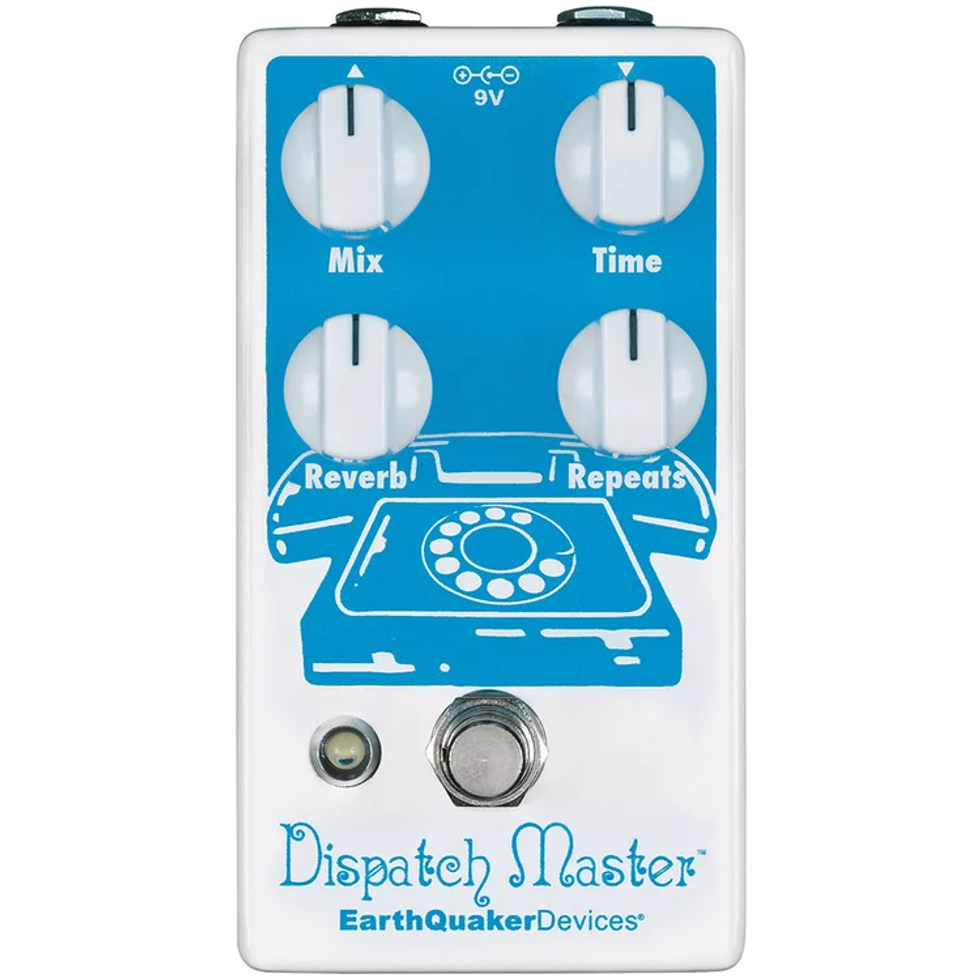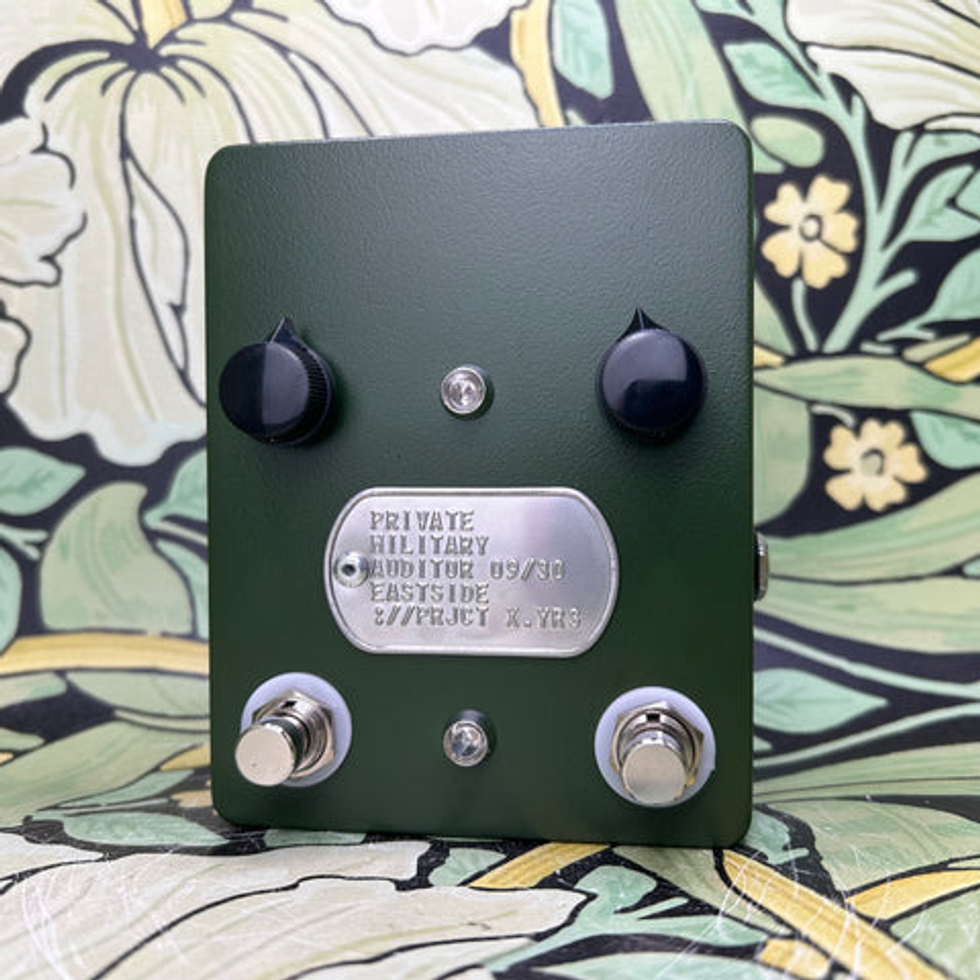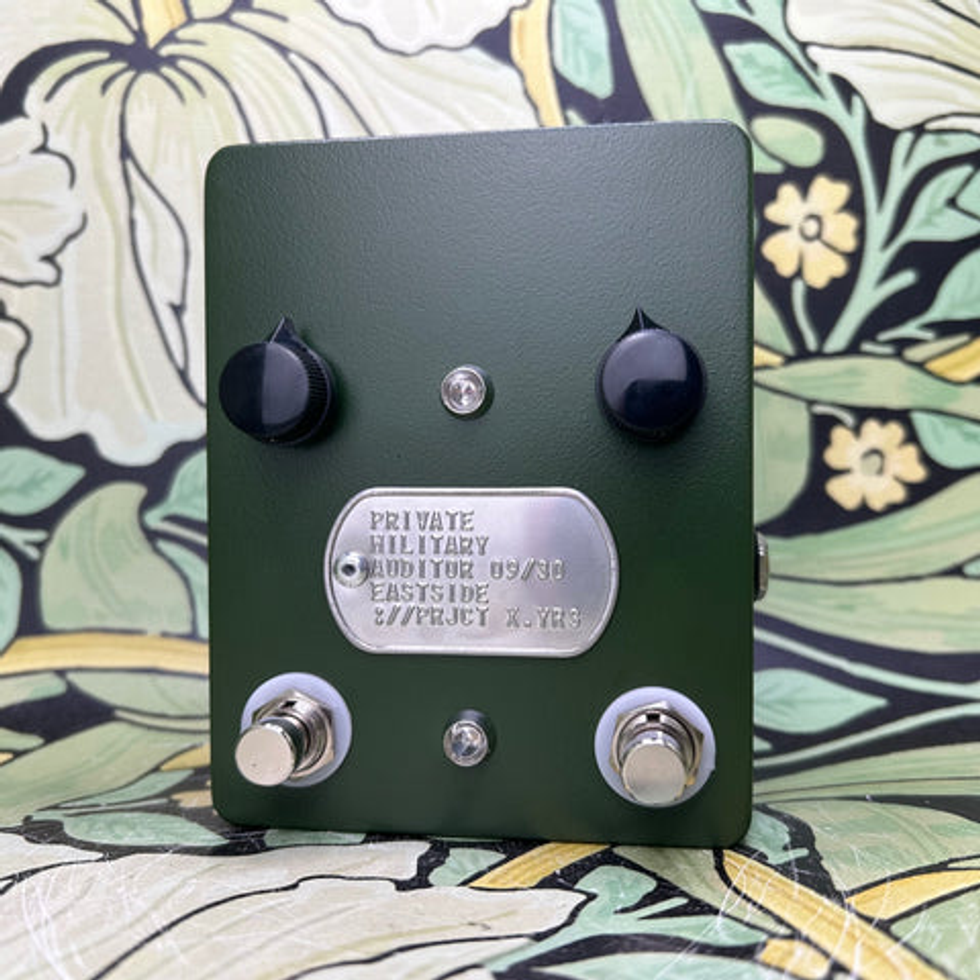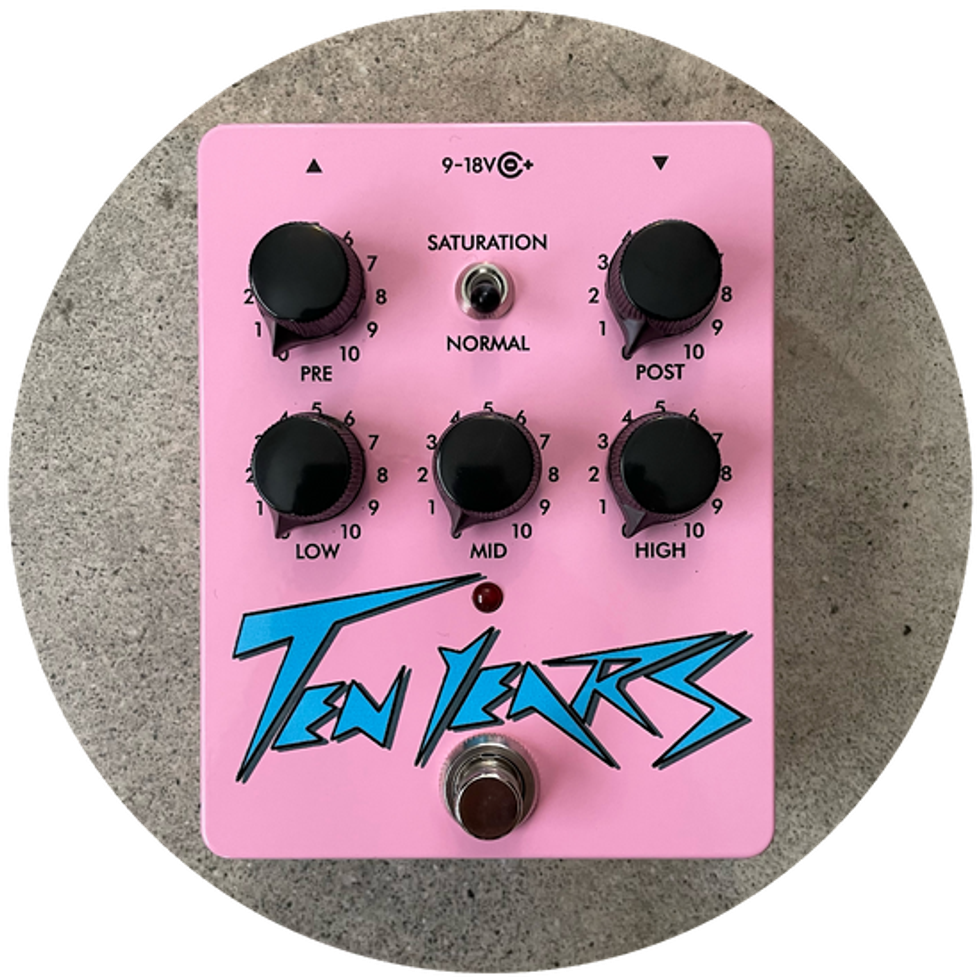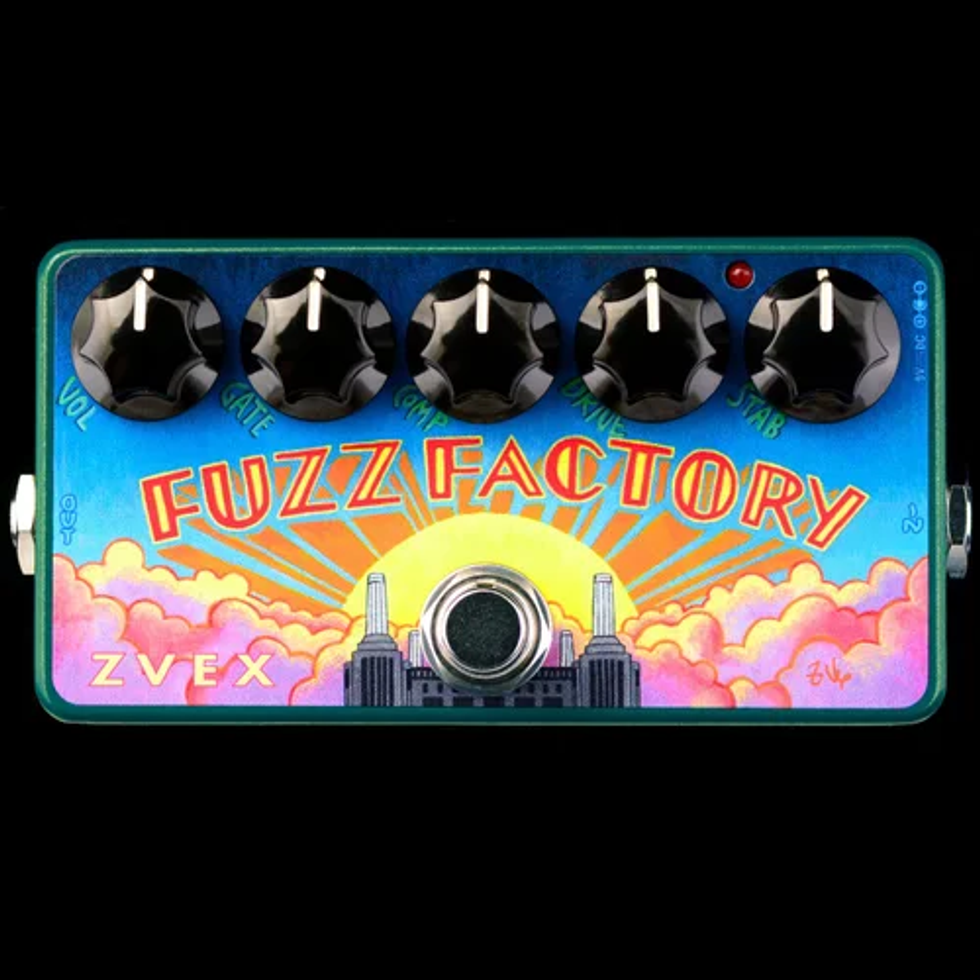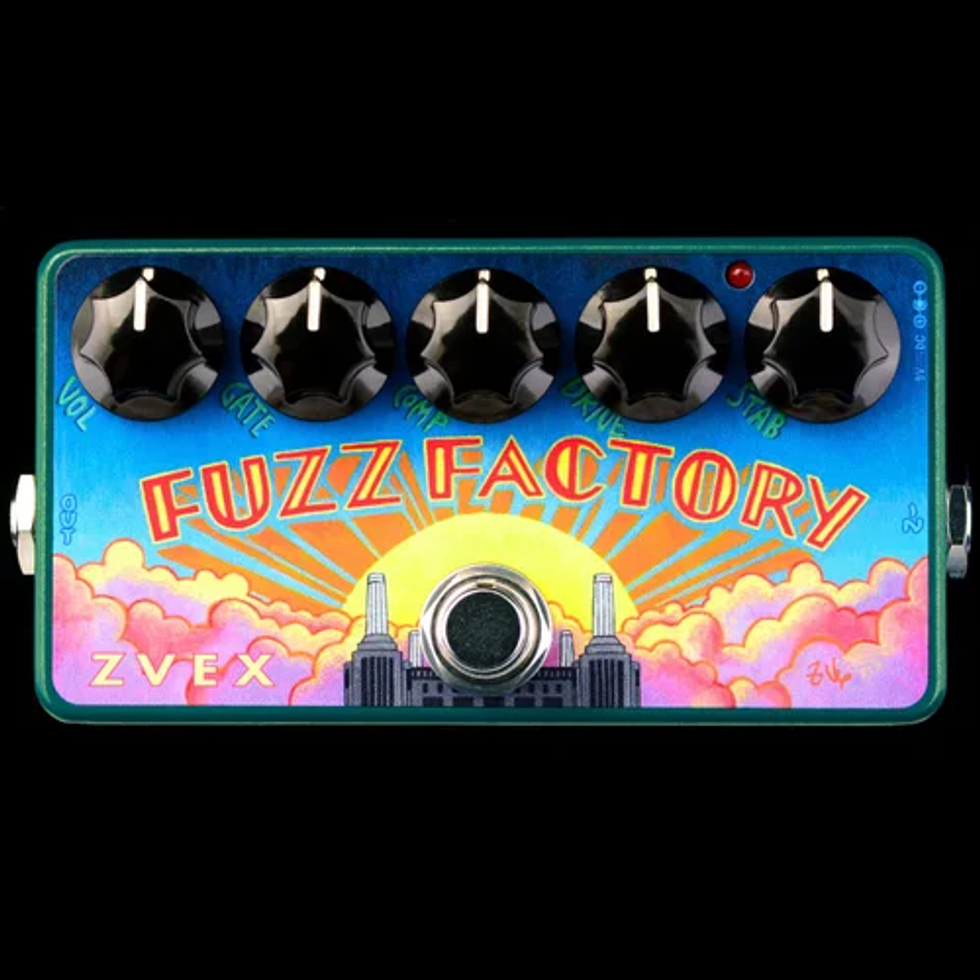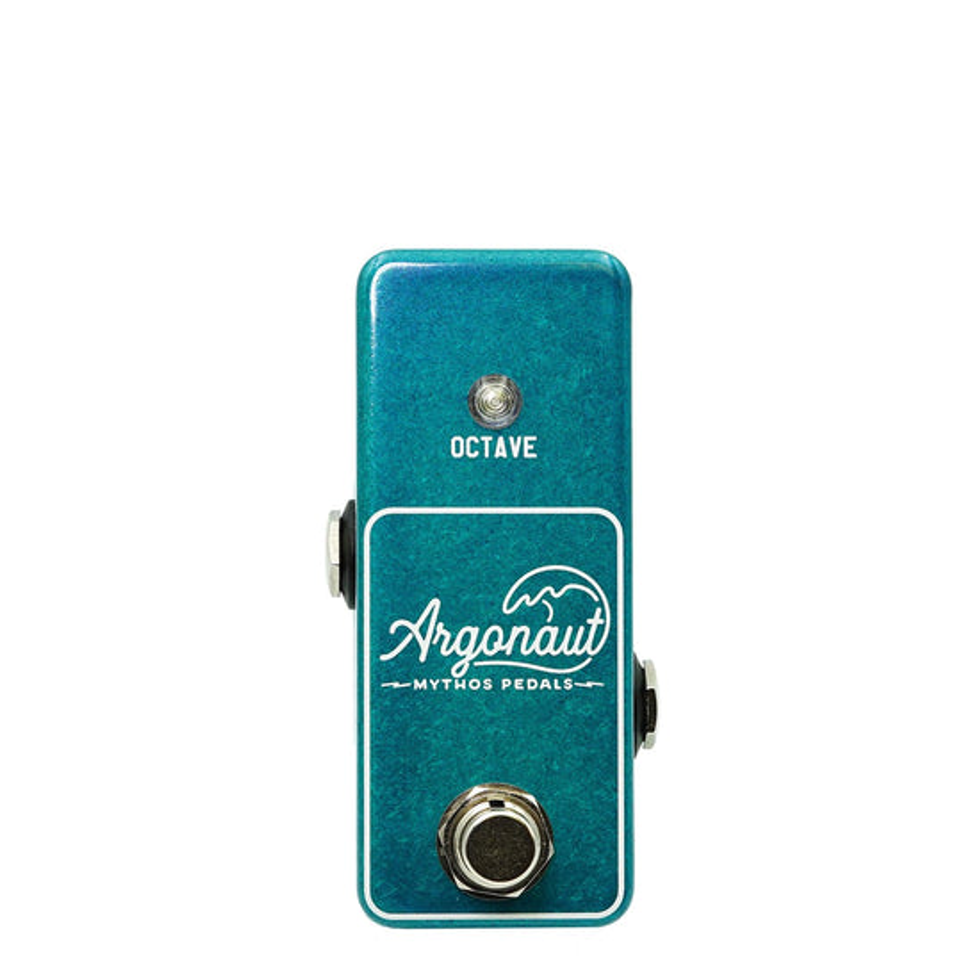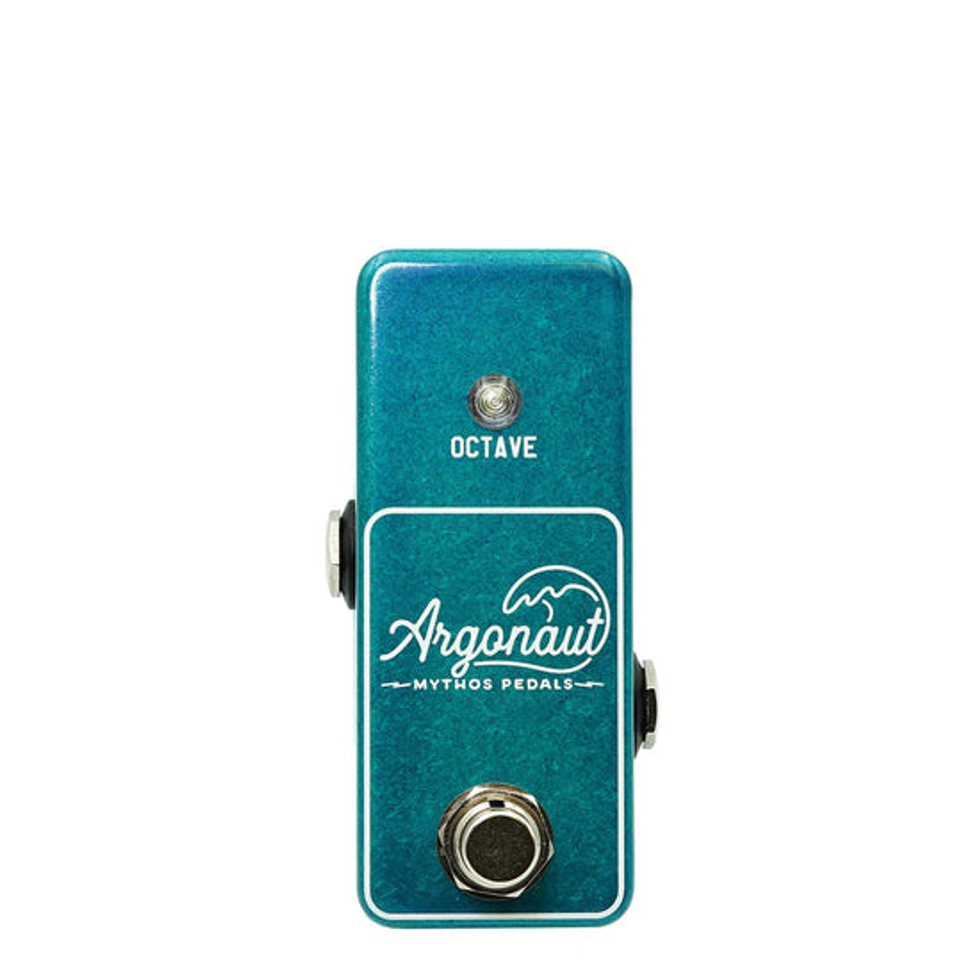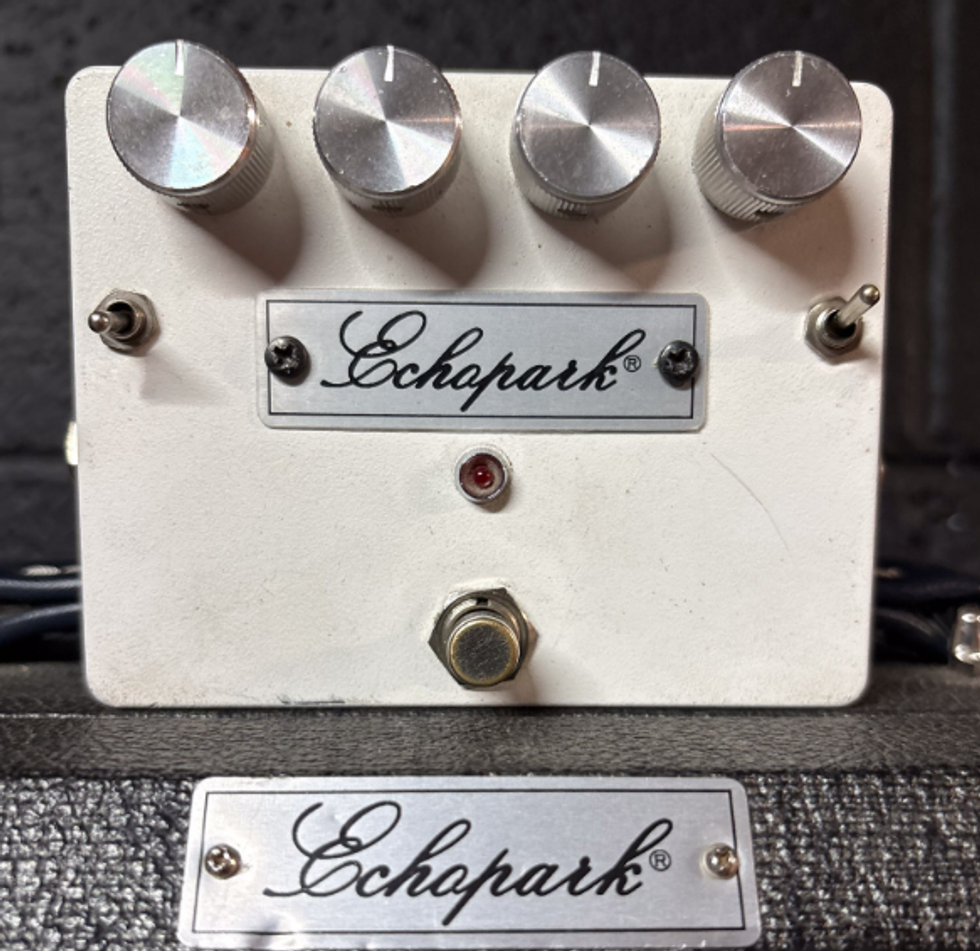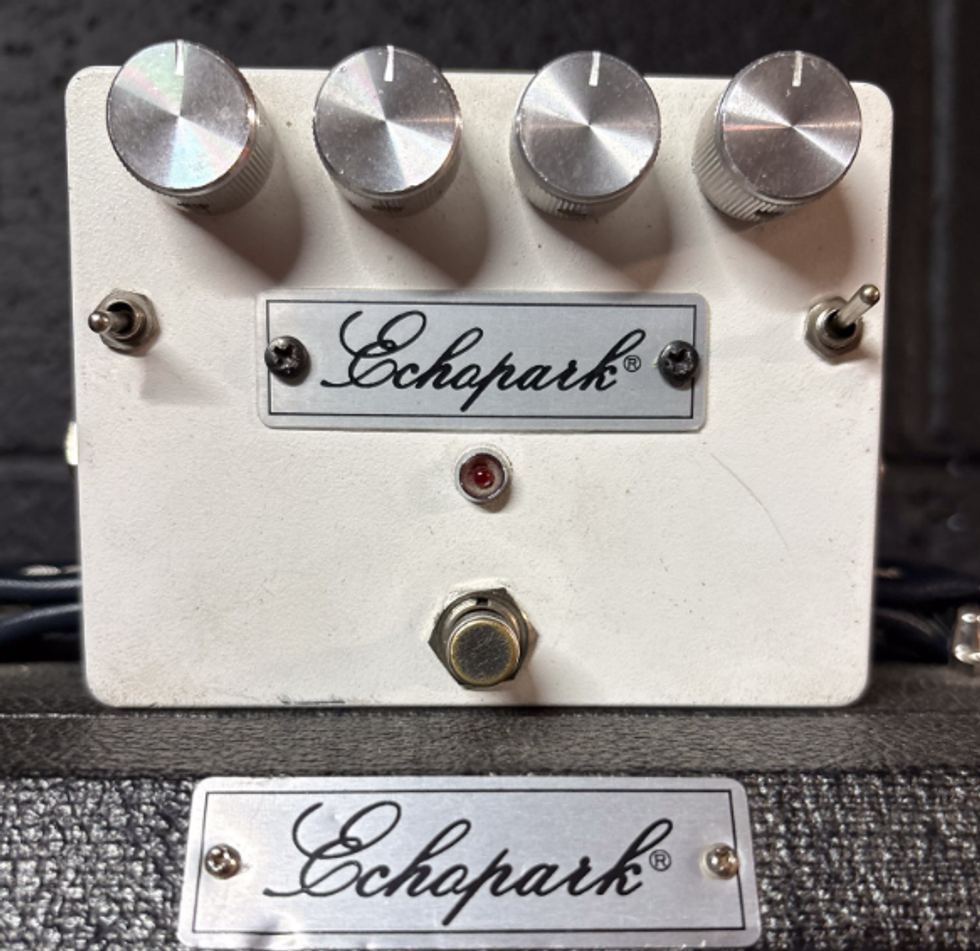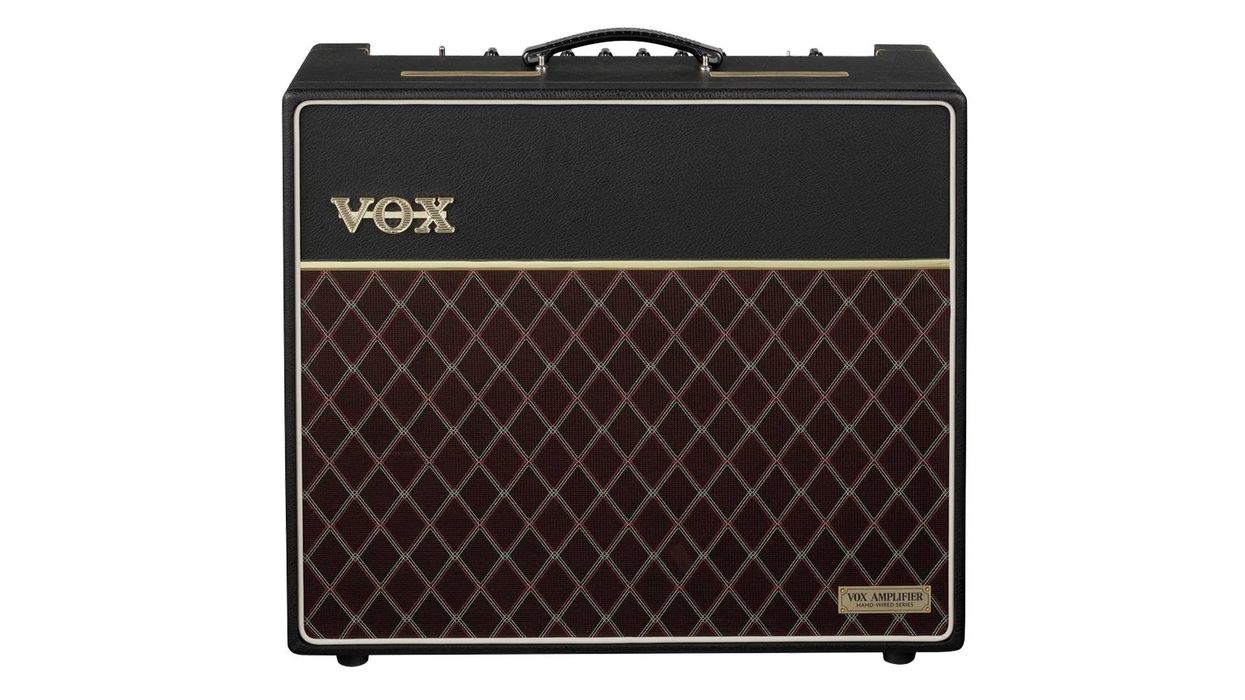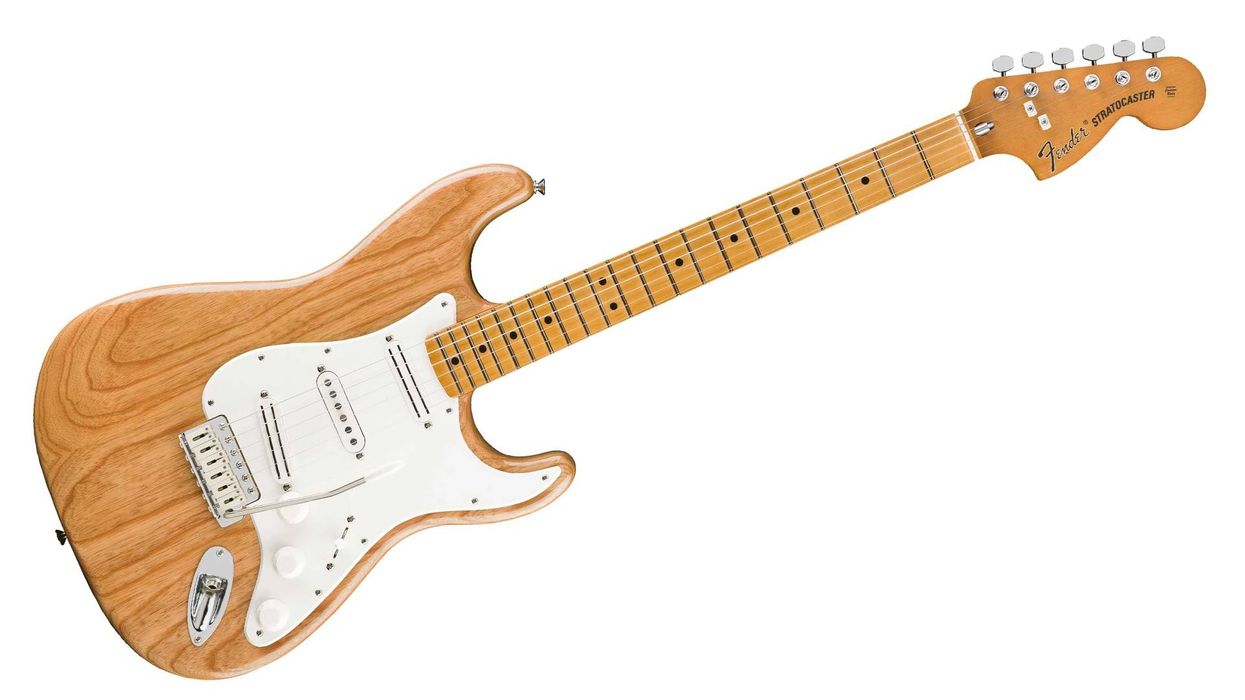Way Huge didn’t leave much to the imagination when it branded this fuzz the Doom Hammer. But that doesn’t mean it's without surprises. Jeorge Tripp’s latest design is based on an op-amp Big Muff that he modified for a client in the 1990s—primarily with the aim to tighten the low end. You hear Tripps hit that target when you play the Doom Hammer alongside other Big Muff types, which are massive in the low end and can sound comparatively sprawling in that frequency. But rather than merely heavy, the Doom Hammer’s combination of taut lows and the pronounced midrange one associates with op-amp Big Muffs is nasty, buzzy, punky, and brash. For all the desert-rock swagger in the name, the Doom Hammer is just as effective at lending contrast to heavy bass in a mix. And for any stoner rock power trio that has had to work against a wall of bottom-end sludge on stage or in the studio, it’s a practical and intriguing solution.
Fire Breather
Though it’s not hard to hear Big Muff lineage in the Doom Hammer, it can sound vastly different from most Muffs at identical fuzz, output, and tone levels. I didn’t have an op-amp Big Muff on hand for comparison, but in my experience with that circuit, I’ve found they have as much in common with other Big Muffs as they do differences. But Tripp’s recipe puts extra distance between them.
The Ram’s Head and Sovtek Muffs I used to A/B with the Doom Hammer, for instance, each exhibited the creaminess in low-midrange frequencies that makes David Gilmour obsessives ecstatic—particularly with the tone control at more modest levels. The Doom Hammer, however, sometimes has a buzz-saw aggressiveness that evokes a 1960s transistor fuzz swinging on a wrecking ball. And at low output and advanced fuzz levels it can quite convincingly play the part of Tone Bender. More modest fuzz and tone settings strike a more even balance between classic, buttery Big Muff sustain sounds and buzzier ones. And here it’s great for cooking up Carlos Santana and John McLaughlin’s questing lead tangles and Robert Fripp’s snaky synth-like lines. Indeed, the Doom Hammer, for all its midrange emphasis, can be flexible and adaptable.
The Doom Hammer, however, sometimes has a buzz-saw aggressiveness that evokes a 1960s transistor fuzz swinging on a wrecking ball.
Playing a bit more in the spirit of the Doom Hammer’s name (with an SG in drop-D, ’natch) I was still struck by how much less bossy it is in the bass range than a Ram’s Head or Sovtek. But again, this can be an ideal recipe for adding punchy contrast to the bass bomb coming from your bandmate’s Rickenbacker 4003 and Orange stack. It lends snarling aggression to big dumb rock riffs and drones, and detuned guitars sound less buried in blunted, washy overtones.
The Verdict
Jeorge Tripps’ knack for spinning new magic around fuzz formulas—whether with the wild Way Huge Atreides or the more straight-ahead Swollen Pickle—is a gift to fuzz freaks. Because, let’s face it, sometimes ferocious barrages of distortion can start to blur when ears are tired and you’re on the hunt for a different path. The Doom Hammer’s tight bass, and the resulting more prominent midrange, offer a discernibly different texture to work with, however, all while retaining the essential mass and menace that draws a player to a Big Muff in the first place.
